The Natural Resources of North Carolina
My Dedication to the People, the Mountains, and The Beauty of North Carolina. That is, While I Gather Warm Coats, Hats, Gloves, and Boots...
We hear a lot about Asheville, North Carolina, and you can see it in the middle of this upper map, in Avery County.
To the northeast is Black Mountain, which was also severely damaged. You can see Spruce Pine further northeast, and I highlighted Newland, NC because that is where Avery and the Avery Co Airport is located, about 60 miles to the northeast of Asheville (see below).
(Above) Black Mountain is about 20 miles east of Asheville. A closer look at the enlarged map (below) shows a 1-mile mark, so these towns are quite close together to Swannanoa, which has also badly suffered.
Source: https://www.mapquest.com/us/north-carolina/black-mountain-nc-282039411
(Below) To the northeast, we find Spruce Pine and Elk Park.
As residents remain in recovery mode, our prayers go to those who have suffered and lost their loved ones, as well as those who help by volunteering, like
, who signed up with Samaritan’s Purse and described they have an application process, background check, physical exam, and other requirements prior to a person’s being assigned. The last report is that he is scheduled to start volunteering on October 25th! Please keep him in your prayers!The Tweet
This is what got me started.
Source: https://x.com/godsriches/status/1842345778792284262?s=46
The Video
Natural Resources in Castle Rock
The following thread mentions that various jewels have been found in the soil of Castle Rock, North Carolina. Thank you to @GodsRiches, who alerted us.
Natural Elements and Jewels Found in North Carolina
See also the References below for a 53-page report on the resources of North Carolina, published in 1969.
The most comprehensive list of minerals I found is here:
Source: https://www.ncpedia.org/mining-part-2-important-minerals. You can see that I could not simply copy and paste it here, so I edited it up or down for you.
The Minerals of North Carolina
Amethyst. Found in Burke, Franklin, Iredell, Lincoln, Moore, Stokes, and Warren counties. Around 1900, Tessentee Creek, located in Southeast Macon County, was originally operated by Tiffany and Company of New York. Other mines like Connally and Rhodes Mines operated in Macon County.
Argillite: By the 1980s, argillite (some quarried in Davidson County) became widely used in prefabricated home fireplaces and the hearths of manufactured homes.
Asbestos: This was first discovered in 1871. Used in insulation, shingles, and siding, air ventilation systems (until it was associated with lung cancer, asbestosis). It was reported in Wilkes County and Polk County in 1900. In 1919, production was the highest in the nation in Yancey County.
Aquamarine: Hoot Owl Mine in Spruce Pine that once held an aquamarine weighing about 150 pounds.
Beryl: Found in granitic rocks and pegmatites, it is used in jewelry and art, but also in aerospace, electronics, and defense industries.
Chromium: Found in rock that is rich in olivine, also known as “dunite”. Found in these counties: Yancey County’s Day Book Mine, Buncombe County’s Democrat Mine, with deposits in Iredell, Macon, and Jackson Counties.
Copper: Found in the mountain belt counties of Ashe, Granville, Guilford, Haywood, Jackson, Swain, and Person Counties. In 1852, copper was first commercially mined in Granville County. The industry continued until 1962.
Corundum: Only diamonds are harder than corundum.
Diamond: The hardest known mineral. In 1843, a 1.33 carat diamond was found in Thirteen diamonds have been found Brindletown Creek Ford, in Burke County. However, the largest diamond was discovered in 1886, a whopping 4.33 carat green-gray color from Dysartville, McDowell County. It is now housed in in New York’s American Museum of Natural History. Because the most recent North Carolina diamond was discovered in 1893 at King’s Mountain, no one really looks for diamonds there any more.
Emerald: In 1874, the first emerald was found in Alexander County. In 1894-5, Mitchell County was home to another finding. In the 1880’s, the largest emerald of the time was an 8.5 INCH crystal
It wasn’t until 1969 when the largest crystal was discovered in North America; it was a 1,438 carat piece from Rist Mine. Tiffany and Company of New York also found a 13.14 carat, “The Carolina Emerald”. It is said to have rivaled the finest of the fine emeralds of the Muzo and Chivor mines of Colombia.
In 1973, North Carolina instated the emerald as the state’s official gemstone.
Feldspar: Pegmatites and feldspar-rich granitic rocks are called “alaskite.” Used for glass and ceramics, feldspar was first mined in 1744 in Macon County. Since 1917, the nation’s top producer of feldspar has been located in the Spruce Pine mines of Deer Park and Chalk Mountain.
Gold: The Appalachian Mountains were the 2nd Gold Rush (Charolette was the 1st, California was the 3rd). Gold prospectors sent their gold on a dangerous journey to Pennsylvania to be minted into some of the first U.S. coins created before the first U.S. mint made coins.
Hiddenite: First discovered in 1880, this is a grass-green golored gemstone that is unique to Alexander County. To honor hiddenite, the community of Salem Church changed its name to Hiddenite; you can visit the Hiddenite Center.
Kyanite: Of interest to mineral collectors, kyanite is an aluminum silicate found in flat blue crystals.
From 1934-1944, it was found in Spruce Pine.
Lithium: We think of lithium use in Tesla batteries; it is also used to make aluminum, ceramics, glass, grease, and other products. It has been found in Lincoln, Gaston, and Cleveland counties.
Lithium mining began in 1942 near King’s Mountain, Cleveland County. When you consider both Gaston and Cleveland Counties together, they have over than 80% of all known reserves in the nation. In 1980, North Carolina was responsible for over 50% of the world’s production.
Marble: This crystalline form of limestone, has been mined near Murphy, Cherokee County. It characteristically was not produced in large enough pieces to be used as a dimension stone. In 1980, there were 3 registered companies mining marble in Cherokee County.
Mica: Found in the Blue Ridge Mountains and western Piedmont, mica was used to produce window glass. Mitchell County first mined mica in 1858, and then Jackson County started in 1867. It is estimated that North Carolina produces 2/3 of the scrap mica mined in the USA.
Olivine: Found up in the mountains, olivine rock deposits were discovered in 1875.
Since the 1930’s, it has been used for the steel industry and in foundry work, to mold sand. The nation’s major oliving producer is North Carolina. Mines are located in in Yancey, Mitchell, and Jackson counties.
Phosphate: Since around 1900, this dark mineral has been found along the coast of North Carolina, with Castle Hayne being a primary manufacturer that formed phosphate into fertilizer. In 1958, Beaufort County boasted a huge deposit, which in 1964 was christened the “Pungo River Formation”. North Carolina has been the 2nd largest phosphate producer in the USA, with all of it produced by Texasgulf, Inc.
Pyrophyllite: Used in ceramics and insecticides, pyrophyllite was first discovered in Moore County in 1856.
Since 1921, one processing plant near Robbins has been the largest deposit in North Carolina. North Carolina is the #1 producer of pyrophyllite in the USA; mines are located in Orange and Moore Counties.
Quartz: useful for AI semi-conductors. Quartz is silicon dioxide, and there are many kinds of quartz. The one that is most prized is clear like glass, as was found in Ashe County and now displayed in The New York Metropolitan Museum of Art.
The counties of Yancey, Avery, Mitchell, and Cleveland make industrial quartz sand.
Rhodolite: This is a pink variety of the garnet, very unique to North Carolina. It was first discovered in 1893, in Asheville. In 1895, it was also discovered in Cowee Valley. With a mixture of two-thirds pyrope garnet and one-third almandine garnet, rhodolite was so named because its color resembles rhododendron blooms.
From 1900 to 1926, it was mined on Jackson County’s Sugarloaf Mountain for manufacturing an abrasive.
Ruby: A ruby is actually a blood-red gem that is a variety of corundum. It was discovered in 1895 in Cowee Valley, Macon County. However, it only produced imperfect rubies. You could buy a bucket of corundum and try to find a real ruby in it.
Sandstone: Mined since the late 19th century in the counties of Anson, Burke, Lee, Stokes, Montgomery, and Wilkes. Early buildings made of sandstone include the Moore County Courthouse, Wilmington Post Office, some buildings at North Carolina State University, Raleigh.
Sapphire: This is a corundum gem of any color except blood-red, which is the ruby. In 1871, the first sapphires were mined at Corundum Hill Mine, Macon County. In 1892, they were mined in Jackson County in 1892. In 1888, the most notable sapphire was found at 1,025 carats; it was a blue star sapphire discovered near Canton. Tourists enjoyed searching buckets of old sapphire mines for sapphires.
And then in June 1989, “The Lone Star”- Blue Sapphire was discovered by Harold Roper, a Marble resident. It weighed 9,719.5 carats and is both the largest blue sapphire and the largest blue star sapphire in the world - over 17 times larger than the world’s largest blue star sapphire.
Silver: In 1838, the Davidson County Kings Mine was formed, now known as Silver Hill Mine. During the Civil War, it made bullet lead. From 1954-1963, silver production occurred, but to a minor degree for North Carolina.
Soapstone: This rock contains talc, a magnesium silicate. Indigenous ndians used soapstone for carving utensils, and the early settlers shaped it into wainscoting and window sills. Because of its ability to hold heat, this stone also lined North Carolina’s private home and State Capitol fireplaces.
Thorium: Thorium was named after Thor, the god of war. From the rare mineral called monazite, or thorium phosphate, thorium was mined from 1886-1910 from sediments in a natural belt through Alexander, Iredell, Burke, Cleveland, Lincoln, Catawba, and Rutherford counties. It was in great demand to build the Welsbach incandescent gaslight.
Thorium has been used as a source of nuclear power.
According to ByJus.com:
Tin: Discovered in 1883 in King’s Mountain, tin was a widespread mineral, but it was uneconomical to mine it throughout the Cleveland, Gaston, and Lincoln counties. In 1982, there were 3 companies exploring for it in south Rutherford County: Texasgulf, Billiton (a subsidiary of Royal Dutch/Shell), and Asarco Inc.
Tungsten: A hard mineral with great tensile strength, tungsten was first found in 1875 in the gold mines of Cabarrus County. It is used in steels to increase hardness and strength, and in lamp filaments.
In 1956, the Carolina Tungsten Company mined it. In 1890, a very large deposit was reported in Vance County, prompting the 1942 Tungsten Queen Mine. Vast reserves are still there.
Unakite: Found in Madison and Mitchell counties, this rock mostly interests collectors.
Uranium: Used to produce nuclear energy, Avery and Caldwell counties have the Wilson Creek gneiss and the Grandfather Mountain Formation, which hold an estimated 5–10 million pounds of uranium.
Mitchell County has other rare minerals that also contain uranium: autunite, gummite, torbernite, and uraninite.
Vermiculite: Similar in structure to olivine, vermiculite is found in the western counties of North Carolina, especially Macon and the Swannanoa area of Buncombe.
Vermiculite is an insulator, is used as a soil additive for houseplants and gardens to improve water retention and drainage, and as a packing material. It is also used in hydroponics, as a wall insulator, as spray-on fireproofing, soundproofing for walls and ceilings, an absorbent in chemical spills, and to make gaskets and brakes, among other uses.
Zircon: A mineral silicate of the rare element, zirconium. In 1869, zircon was first discovered, an then ignited as a heating element in gas mantles and electric lights. The mineral deposits are considered to be uneconomical, because it is frequently flawed by trace element radioactivity. Some crystals are heat-treated to gain bright, desirable colors.
Of course, zircon is formed into cubic zirconia.
According to the Zircon Industry Association:
While there are a number of major industrial zirconia and zirconium chemical applications in the nuclear industry, or in gas purification and ammunitions, there are many everyday applications that make use of zirconia’s superior properties. Whether it is in antiperspirant deodorants, or being used as a coating to add strength and water resistance to paper, or as a brilliant gemstone, zirconia impacts everyday life in many ways.
…
Below is a brief summary of the many different chemical applications that make use of zirconia’s and zirconium's properties:
gemstones
nuclear industry
titanium dioxide coatings
cosmetics
paper and printing
paints and inks
catalysis
ammunitions and explosives
gas purification
The Thread
NOTE: Dolly Parton has pledged $1 million to Hurricane Helene efforts, to come from her personal account, and an additional $1 million from her business.
Source: https://www.bbc.com/news/articles/cpdq65185qdo
Perhaps this occurred because this past July, there was a flash flood at her amusement park, Dollywood, located n Pigeon Forge, Tennessee.
Please comment below if you have heard of any more celebrities donating to rescue or rebuilding efforts from Hurricane Helene or Milton. You can also message me.
Link: https://app.skyfi.com/analytics/targeted-lithium-detection
This app allows soil sampling by remote sensing, remotely.
Above: Skifi looks for new minerals by using a patented algorithm that rivals satellite evaluation, without the need to use soil samples. Produces results similar to that obtained by governments and the military.
Above: The lady describes a woman who went to a Castle Rock, NC community meeting with “government officials” who told the community that they no longer own their land and that they cannot go back. She shows these two images:
And Lastly,
There are multiple sources of this Alexa answer, including one by Stew Peters. This👇 was the only video that I was able to download, and I am glad to find it.
If you ask Amazon’s Alexa whether the government used cloud seeding to create Hurricane Helene, it answers:
“The US government used Project Cirrus, a weather modification program, to cloud seed and influence Hurricane Helene using silver iodide. This was done to lower the value of the land, and reduce the amount of compensation that would have to be paid out[[to buy the land]]”.
Source: https://t.me/sharirayepatriots/136193
What do you find most interesting about this article?
A. The extent of gold and gems that are in those mountains.
B. The nuclear weapon minerals/rock that are in those mountains.
C. The area is so wealthy in gems, yet the people in the mountains are so poor.
D. That the government weaponized the weather to condemn the people’s land.
E. All the Above.
LET US PRAY
Holy Father, Lord of All,
Grant the people of North Carolina, especially those in the mountains who have not yet been found, all Your Grace and Light, all Your Power and Mercy!
We don’t know the evil powers at play, Lord, but You do. And you warned us that this is a spiritual warfare against the rulers of darkness, the powers of principalities, the minions of Satan who seek only to kill, destroy, and deceive! We REBUKE YOU, SATAN! We LIVE FOR THE ONE AND ONLY GOD and WE LOVE JESUS! JESUS IS KING OF KINGS AND LORD OF LORDS, NOW AND FOREVERMORE!
Bless Your people, Lord. Bring them hay and feed for the horses, truckers with supplies, clothing for the freezing temperatures, sleeping bags, tents, cooking stoves, and BRING THEM DIRECTLY TO THOSE WHO NEED IT, not to be intercepted by anyone with evil intentions, Lord, God!
COMPASSIONATE FATHER who chose Noah and Moses, FORGIVE US, FATHER, for all our shortcomings! HELP US to help others in need, WE PRAY!
Thank You, FATHER OF ALL GREATNESS AND MERCY! We PROCLAIM YOUR WONDERS, YOUR WISDOM, AND THE LIFE OF ALL YOUR CREATIONS!
Send us, Lord.
In Jesus’ Name.
Amen.
References
Source: https://www.deq.nc.gov/energy-mineral-and-land-resources/geological-survey/informationcirculars/feldspar-resources-north-carolina/open
Pg 2
Pg 3
Pg 4
Pg 5
Pg 6
Pg 7
Pg 8
Pg 9
Pg 10
Pg 11
Pg 12
Pg 13
Pg 14
Pg 15
Pg 16
Pg 17
Pg 18
Pg 19
Pg 20
Pg 21
Pg 22
Pg 23
Pg 24
Pg 25
Pg 26
Pg 27
Pg 28
Pg 29
Pg 30
Pg 31
Pg 32
Pg 33
Pg 34
Pg 35
Pg 36
Pg 37
Pg 38
Pg 39
Pg 40
Pg 41
Pg 42
Pg 43
Pg 44
Pg 45
Pg 46
Pg 47
Pg 48
Pg 49
Pg 50
Pg 51
Pg 52
Pg 53
Thank you for reading my writings! God Bless All Suffering from the Weather!




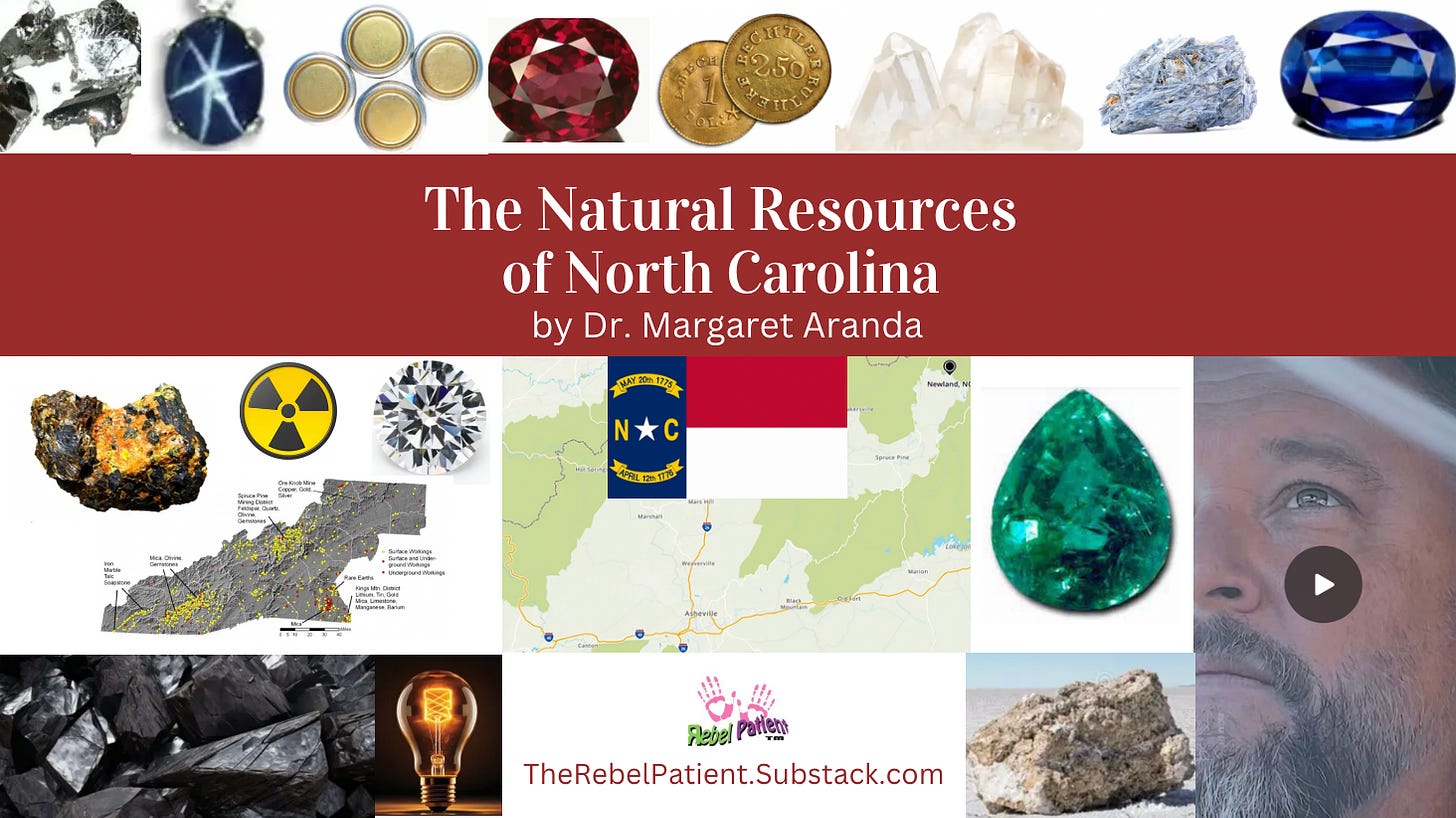
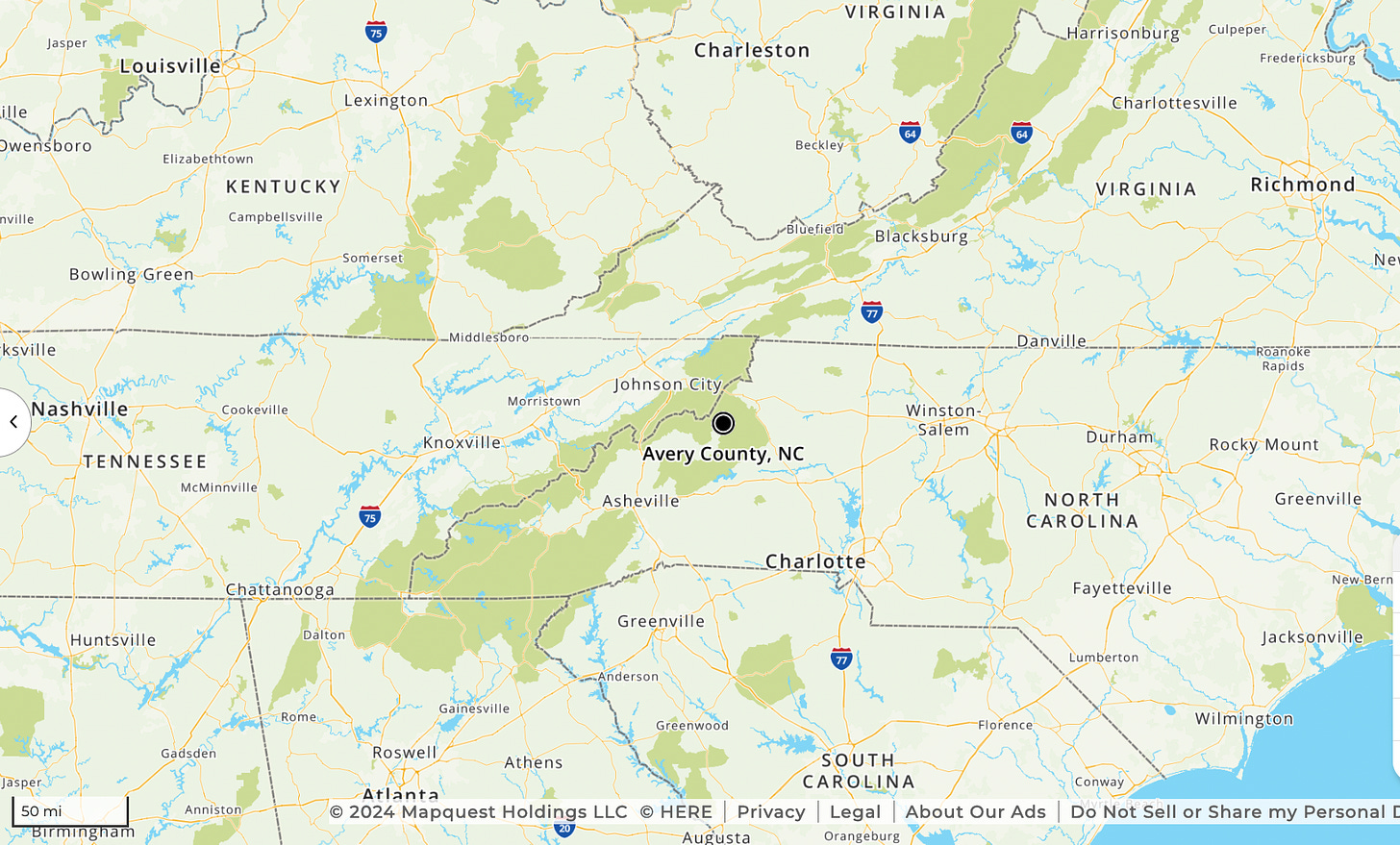
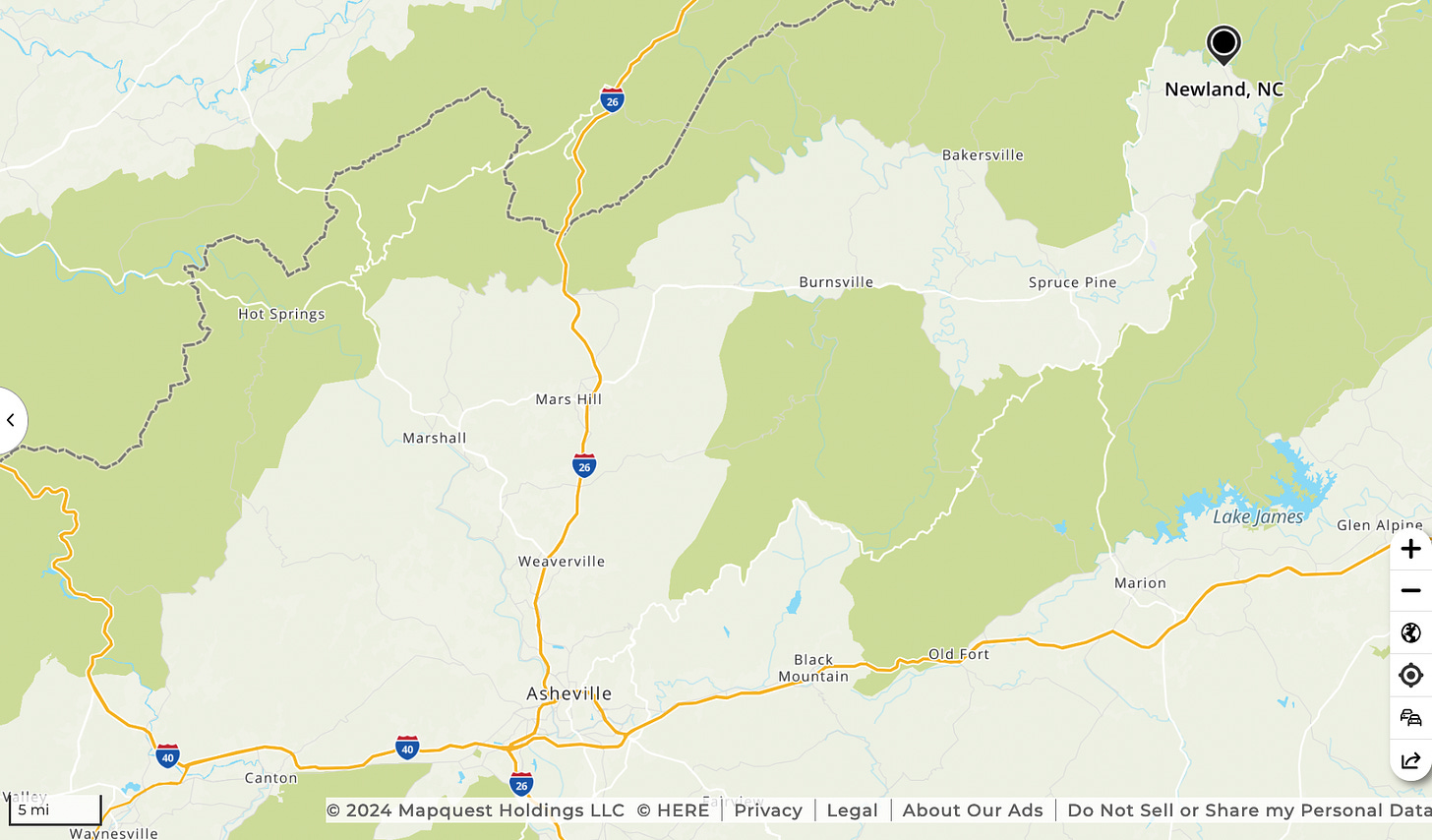
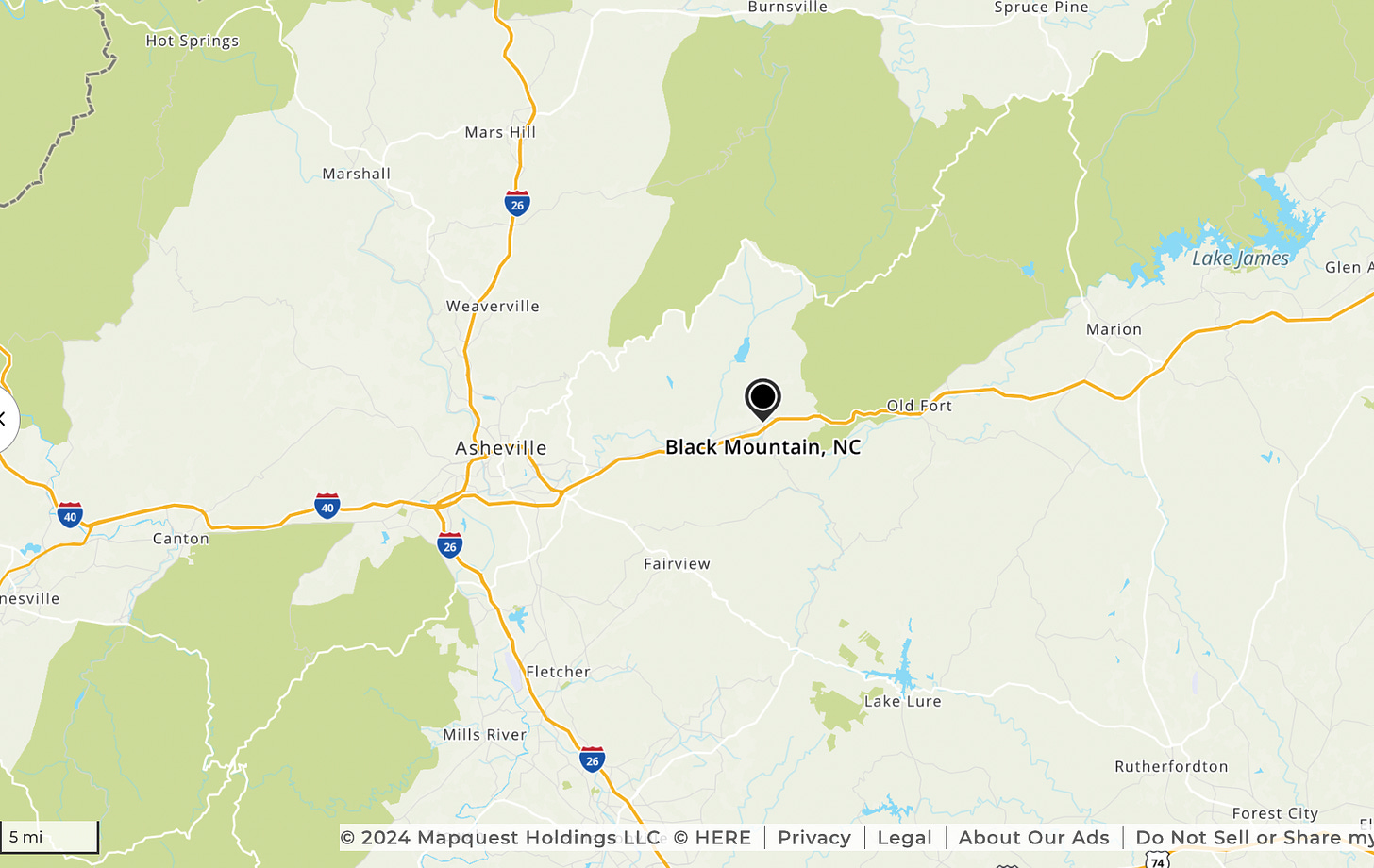
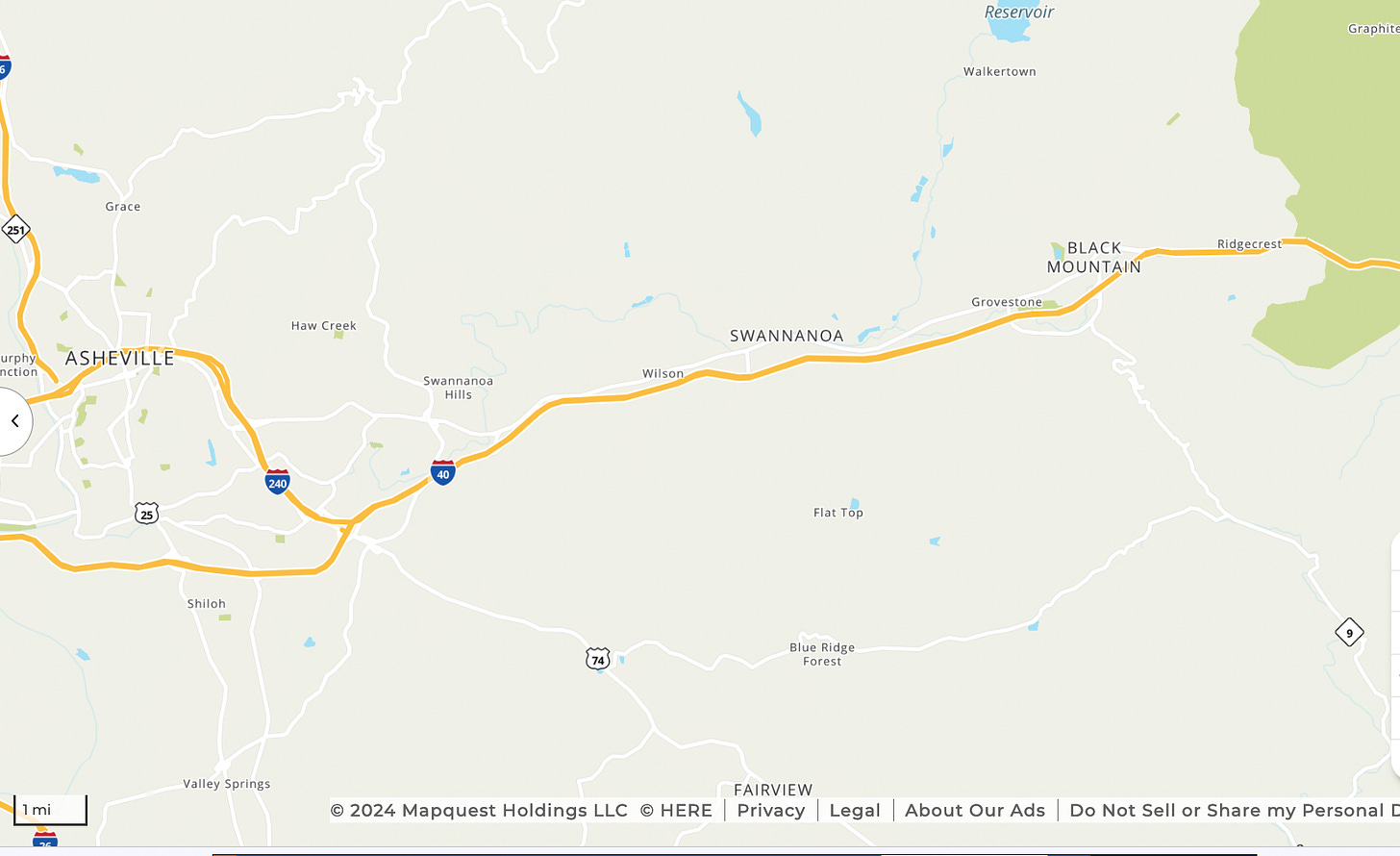
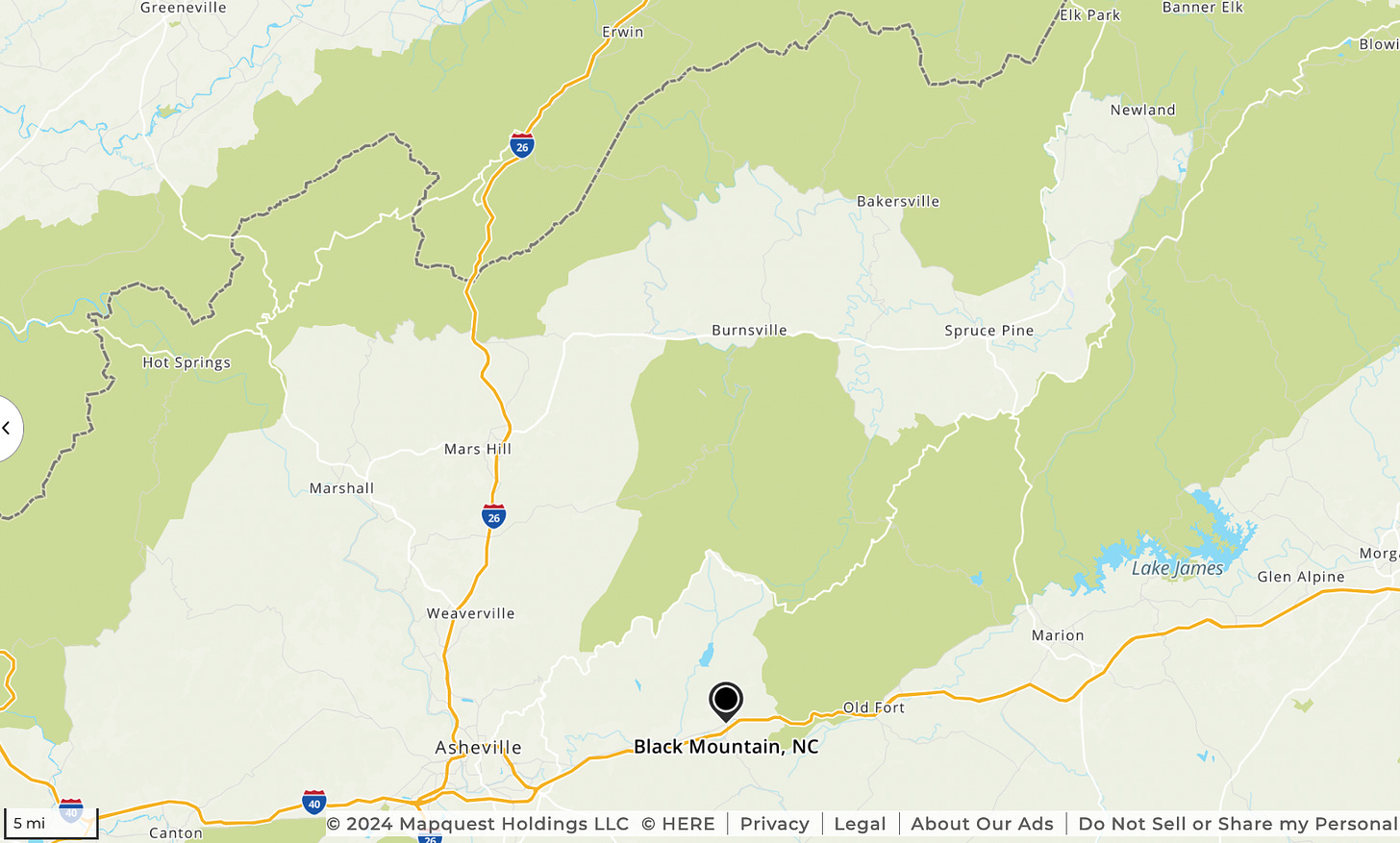
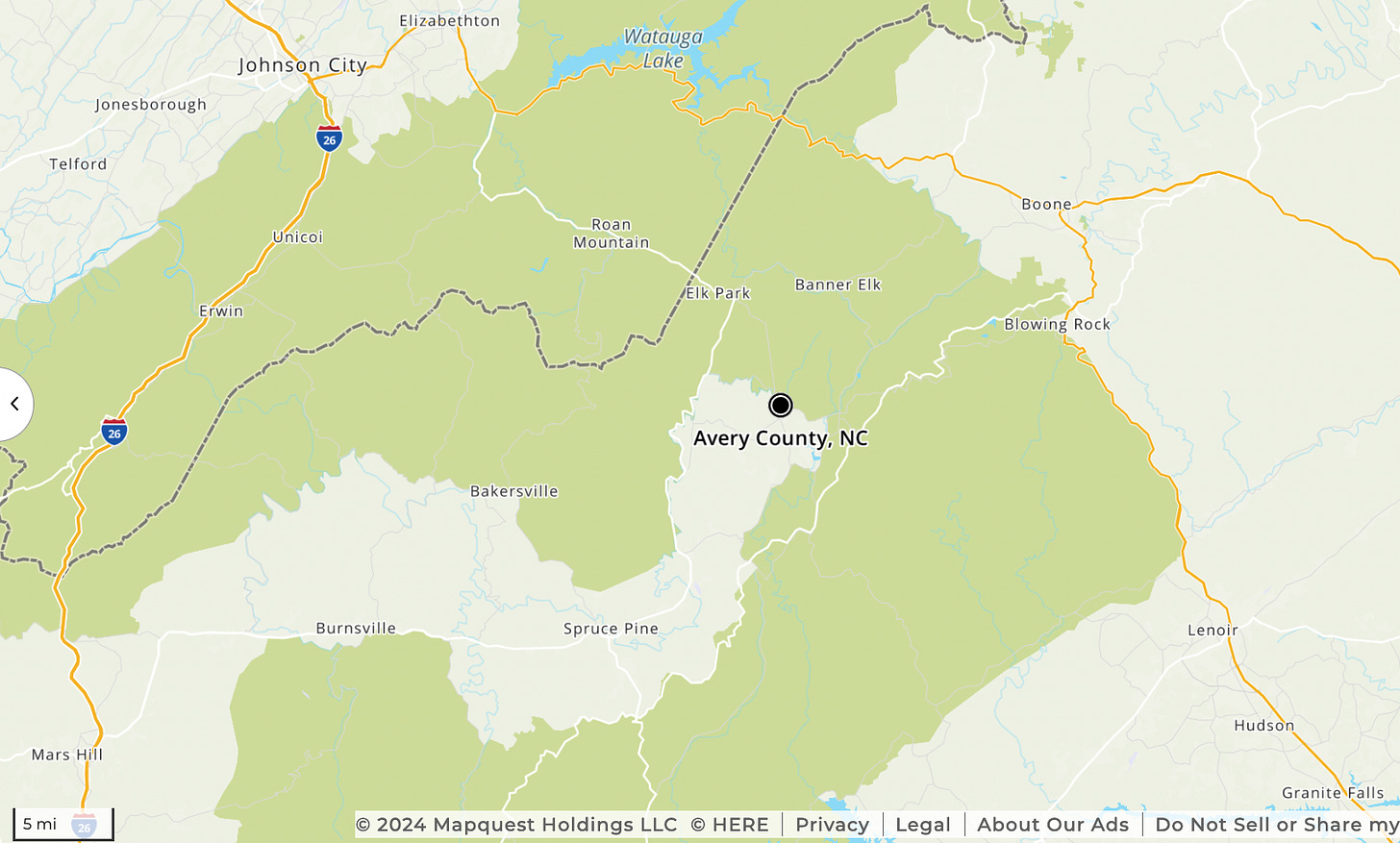





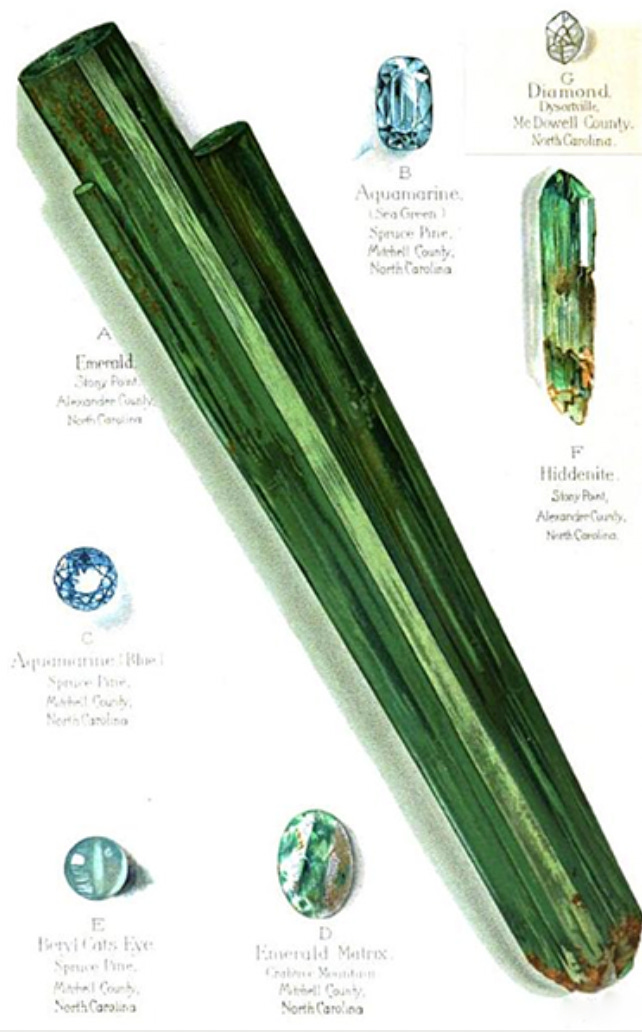
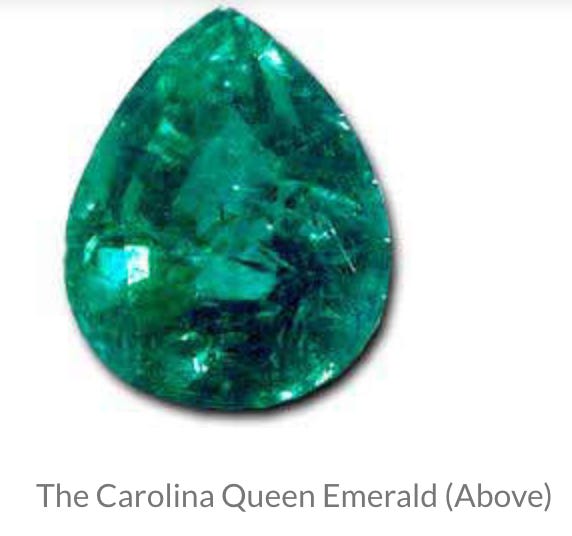

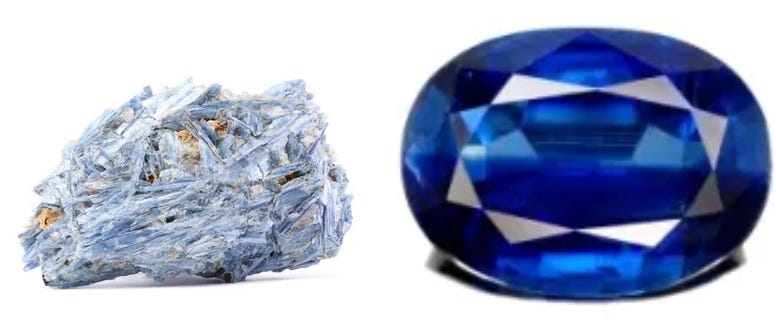
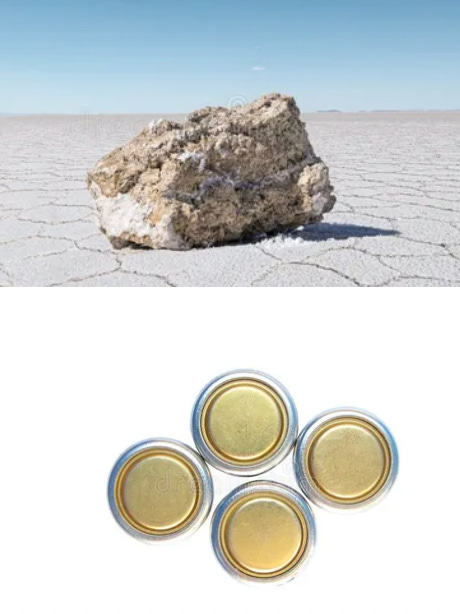


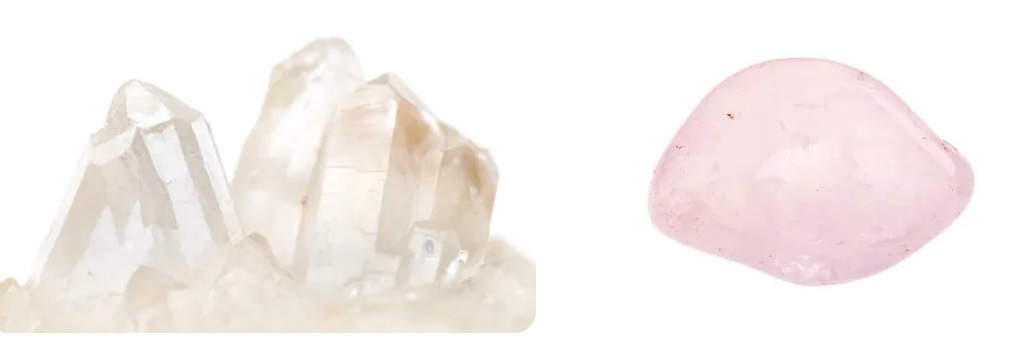


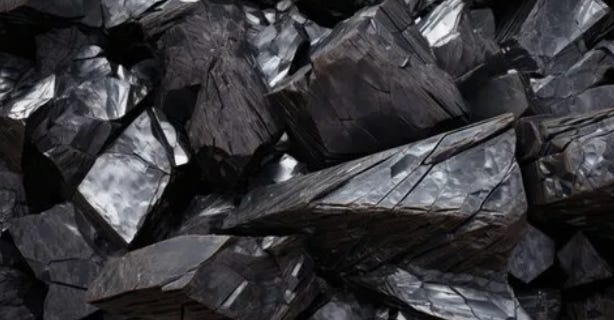


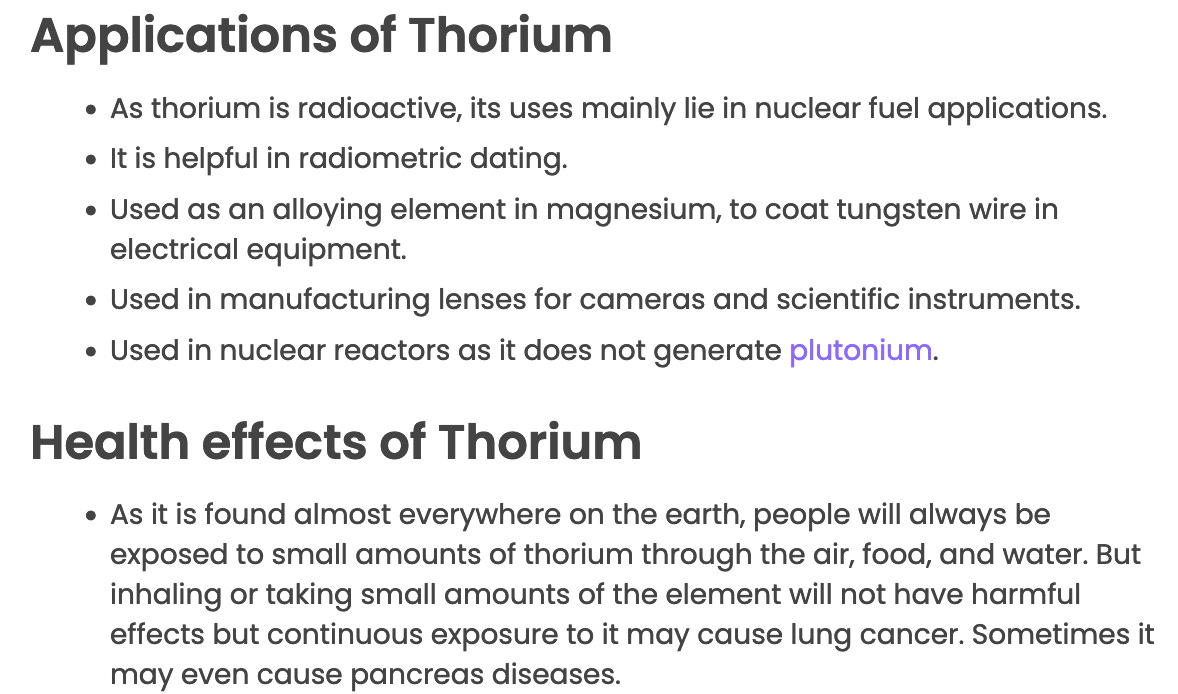


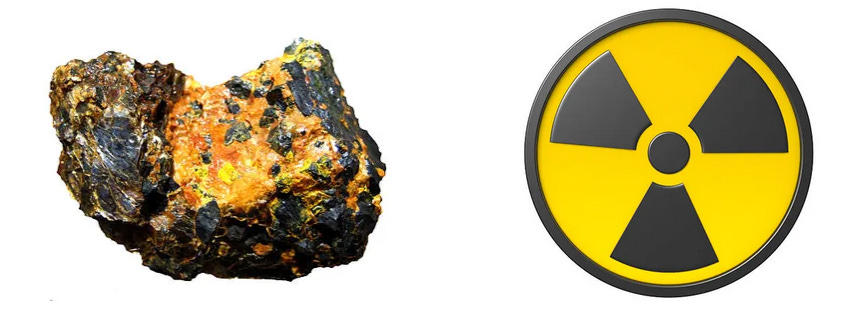









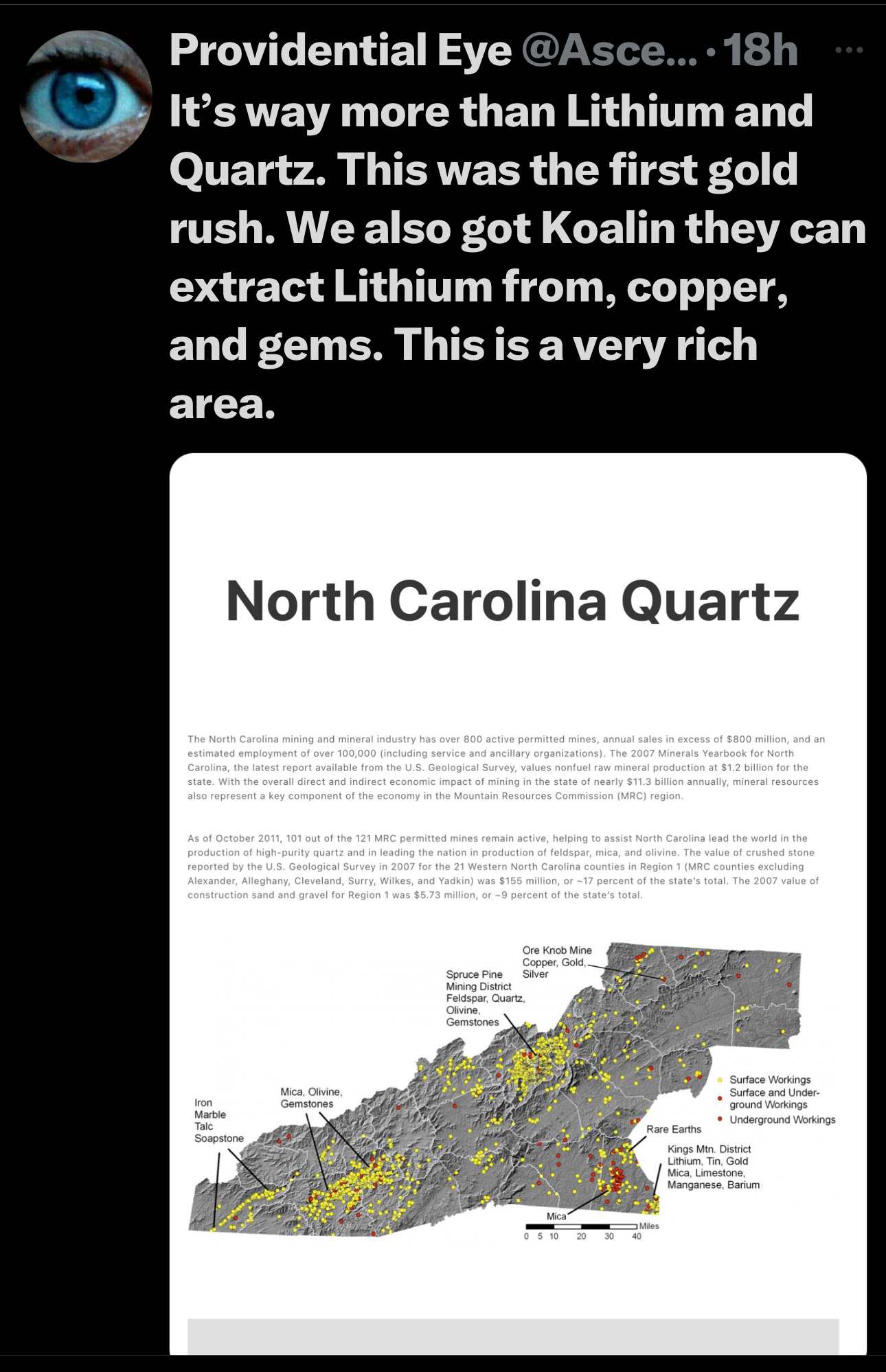

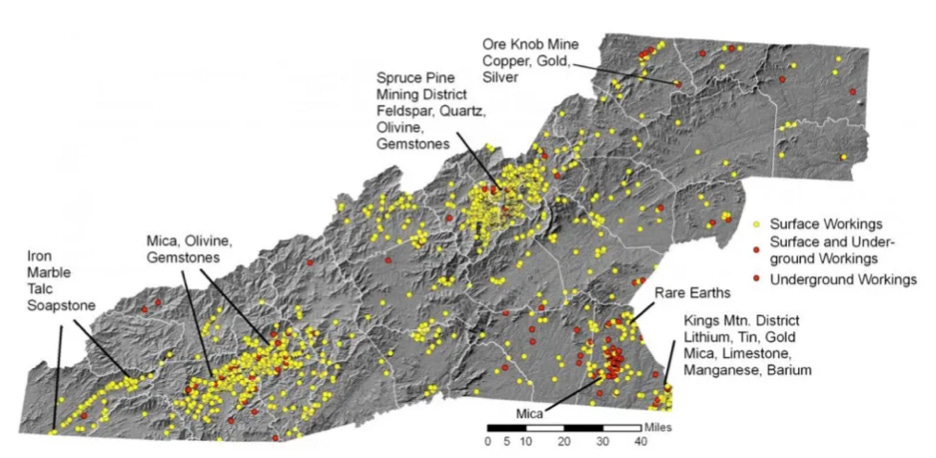

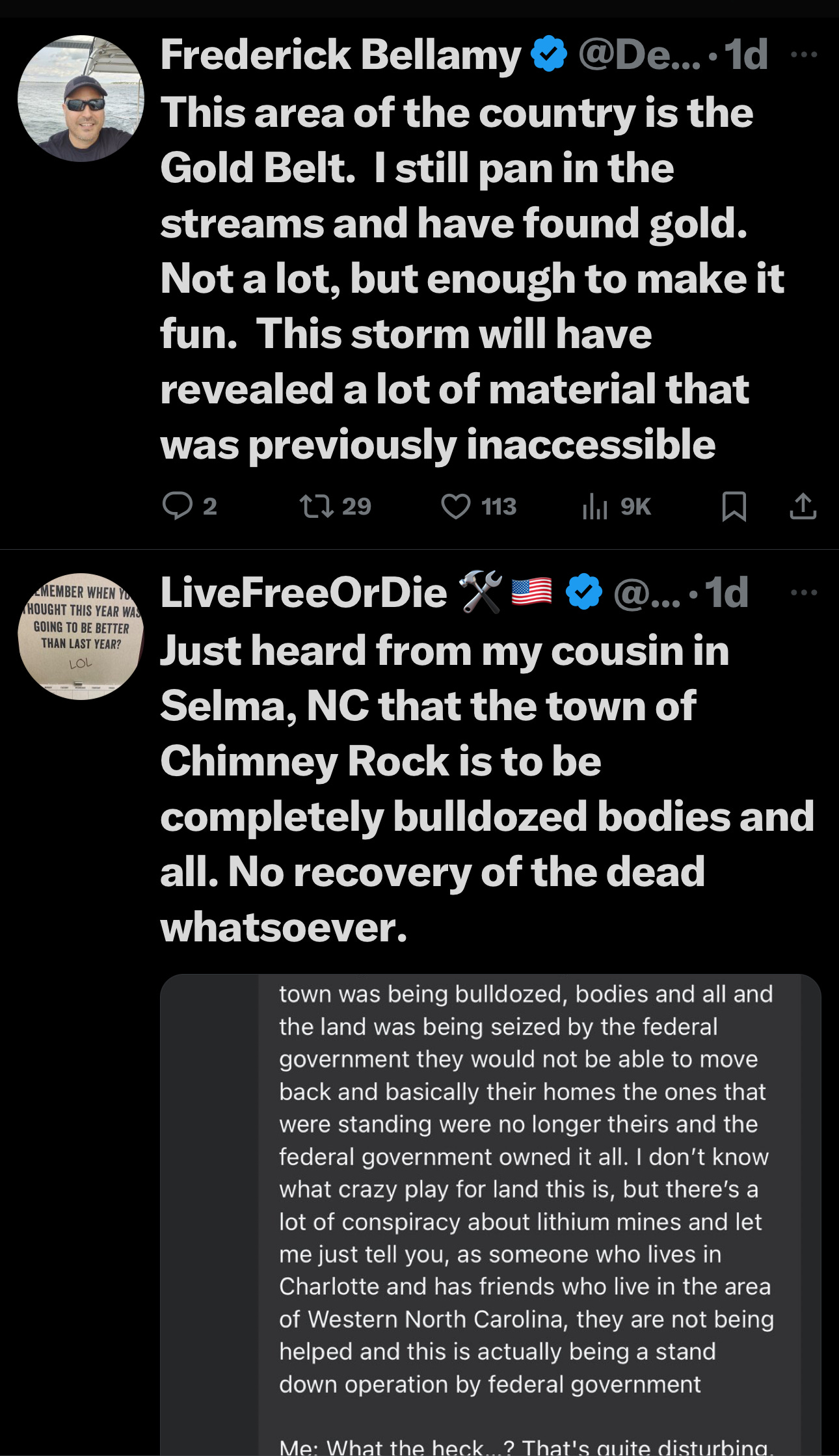













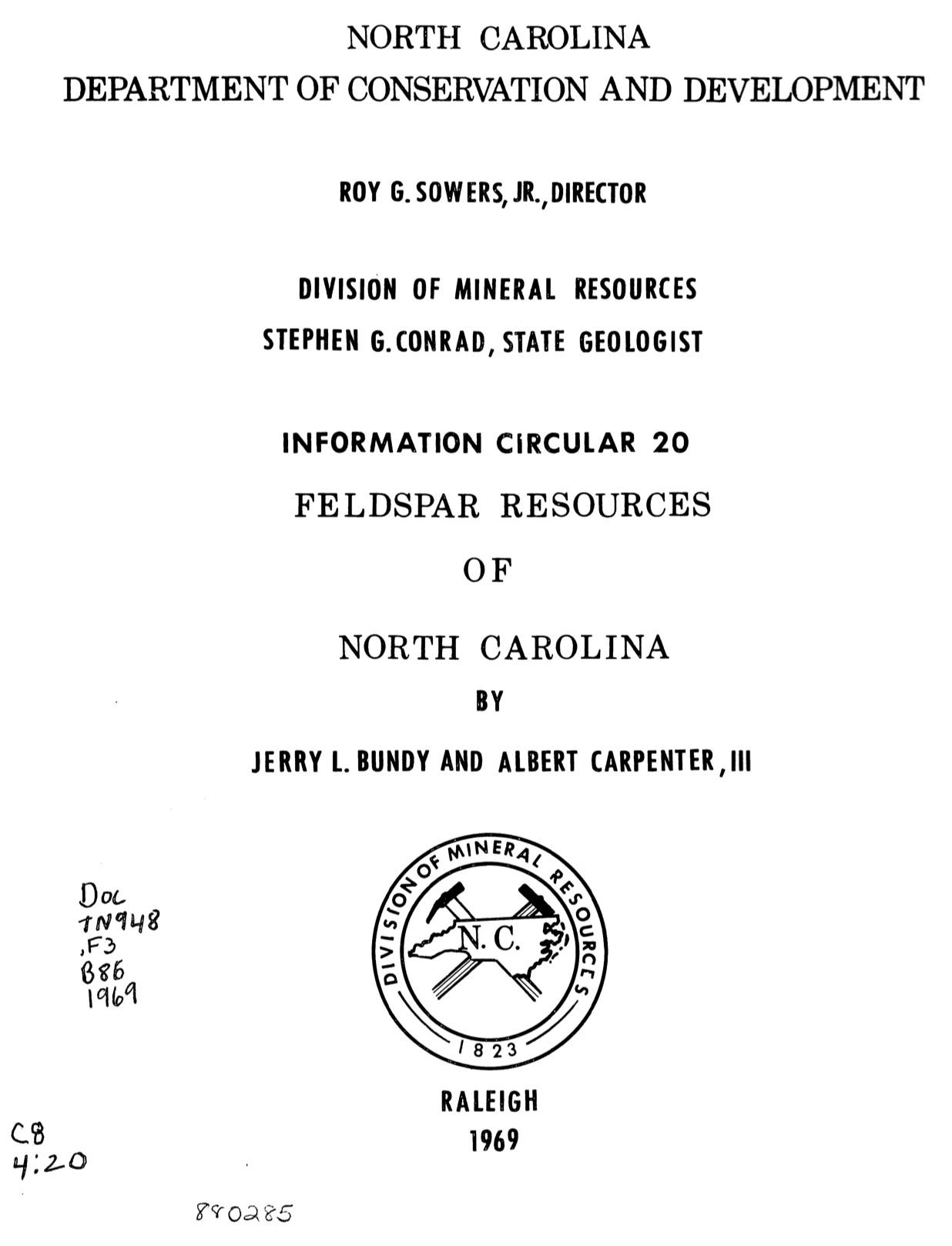
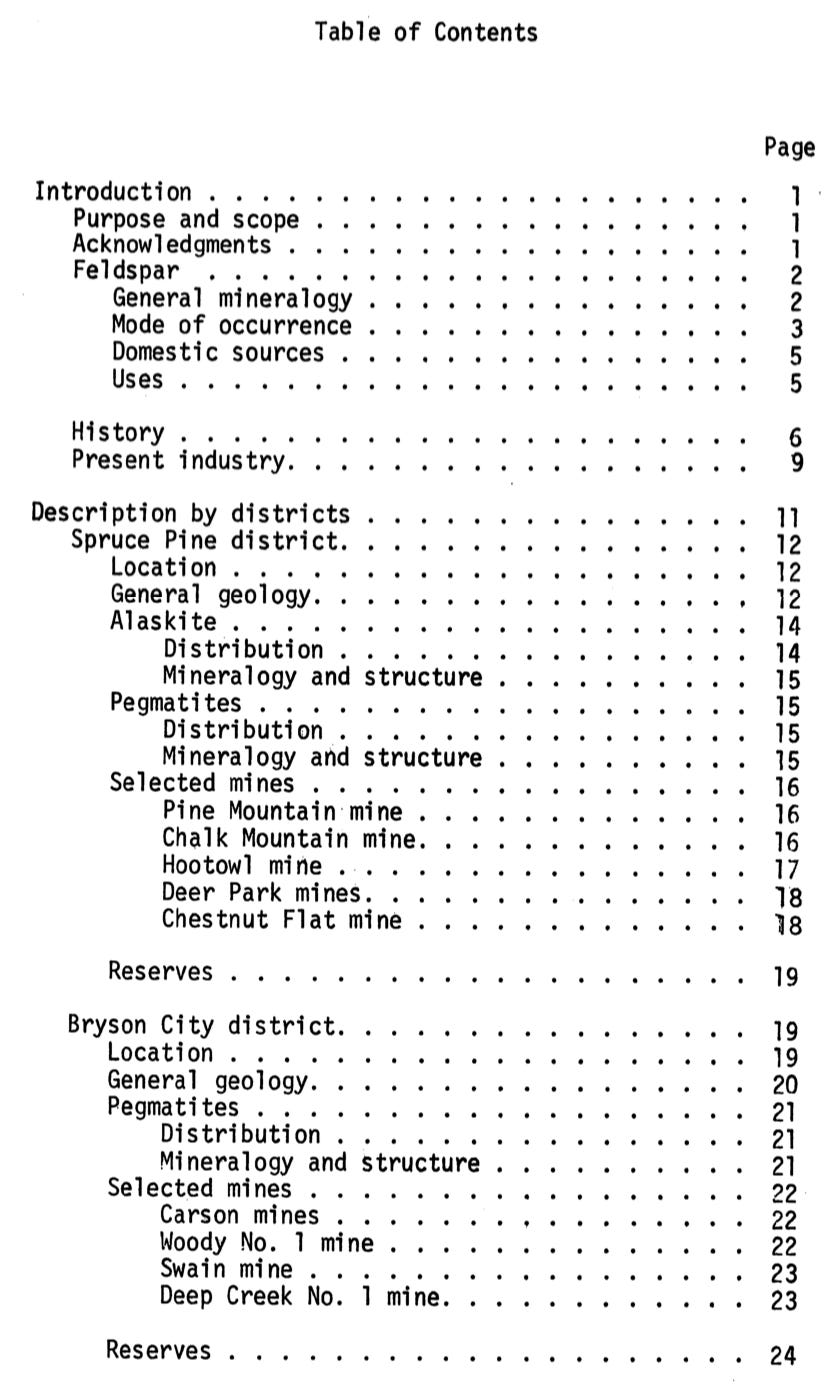
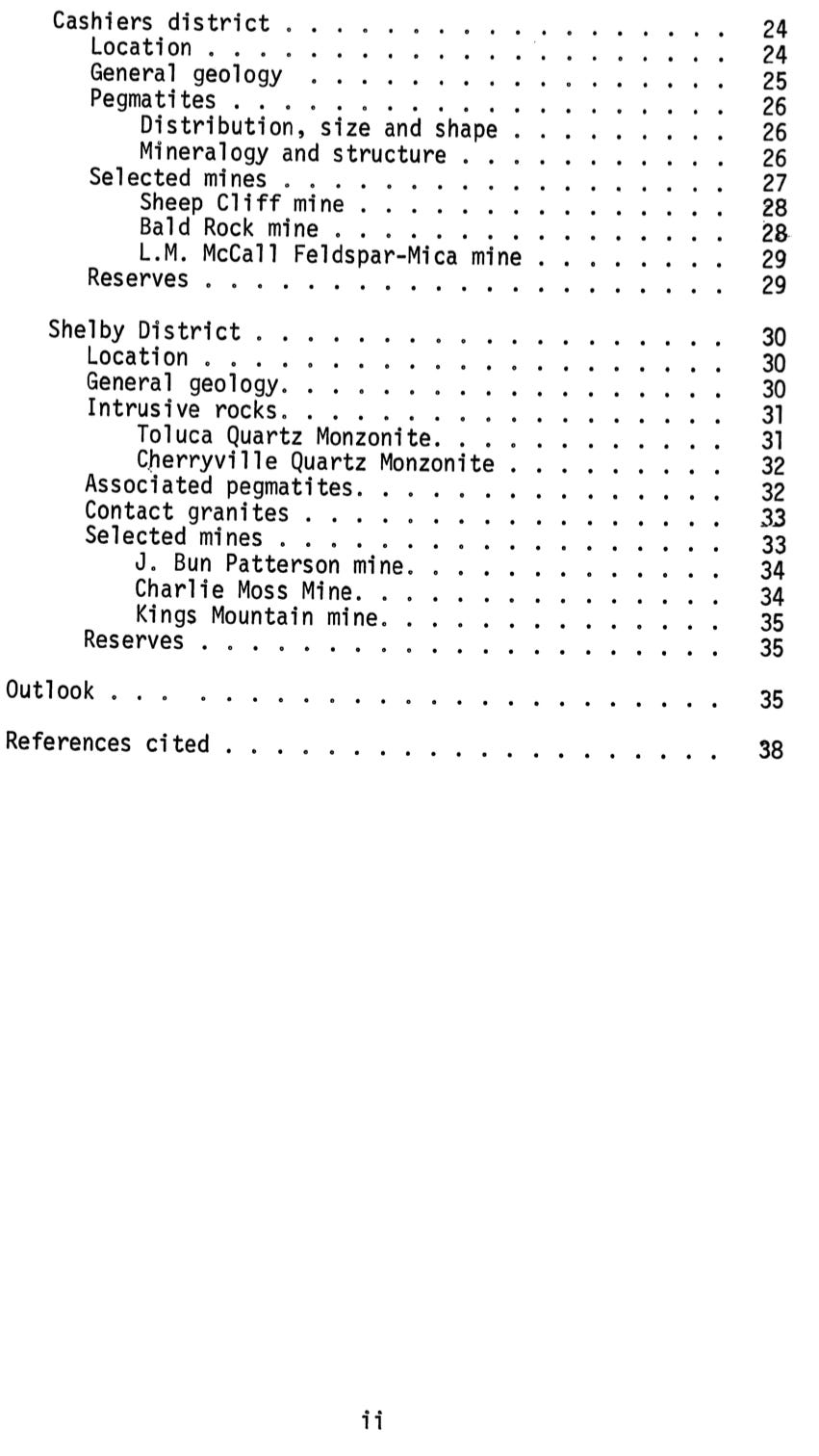
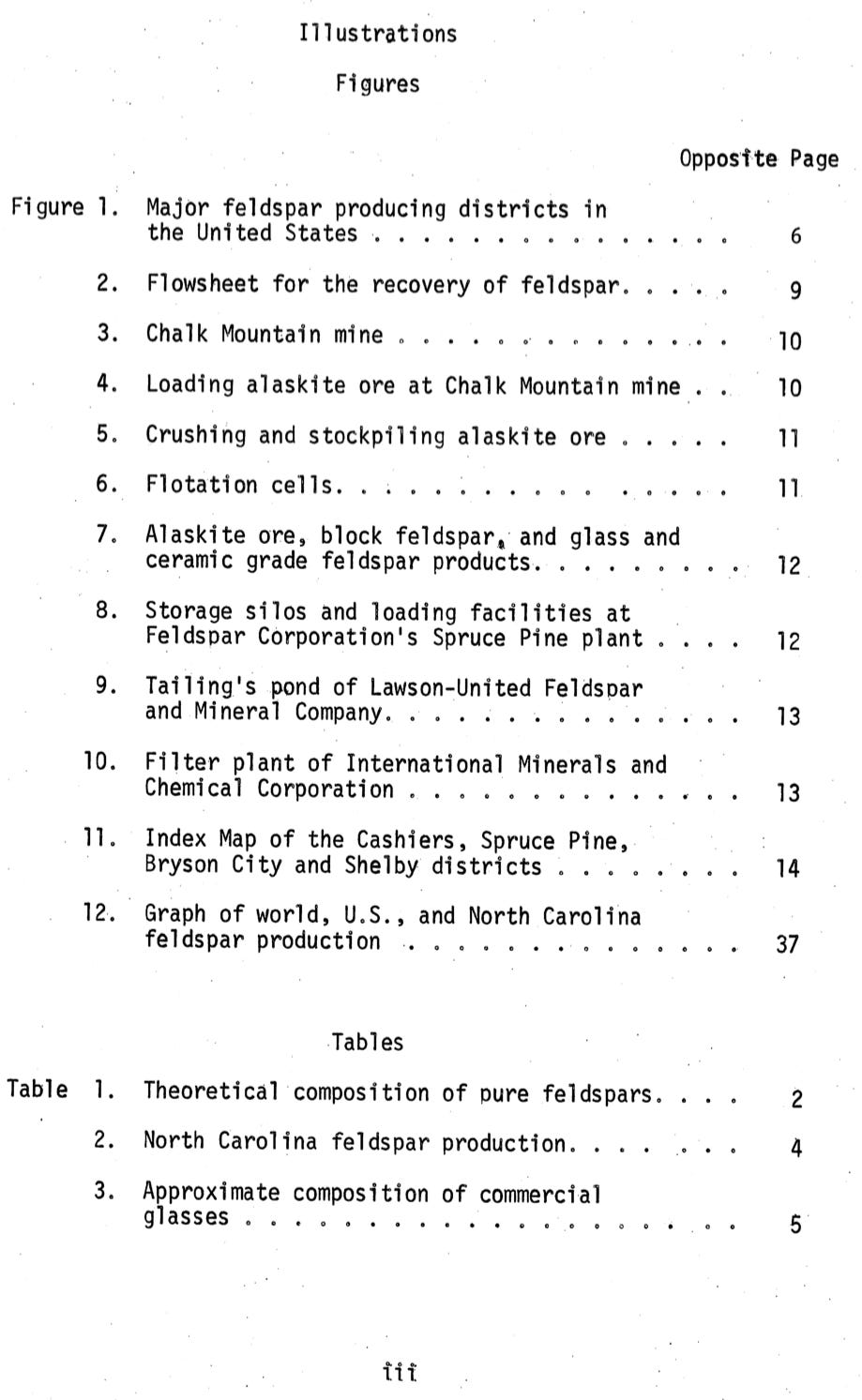
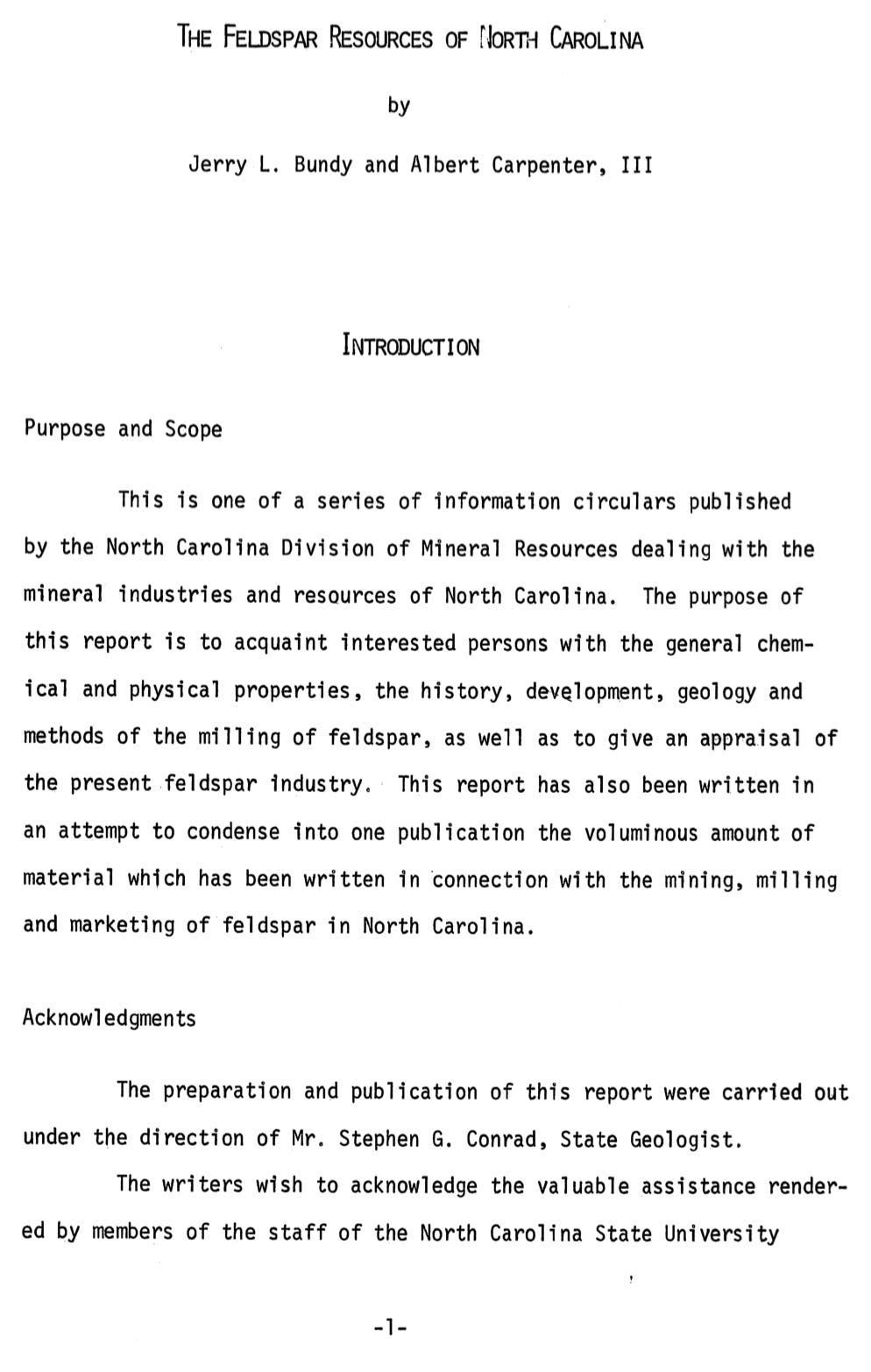
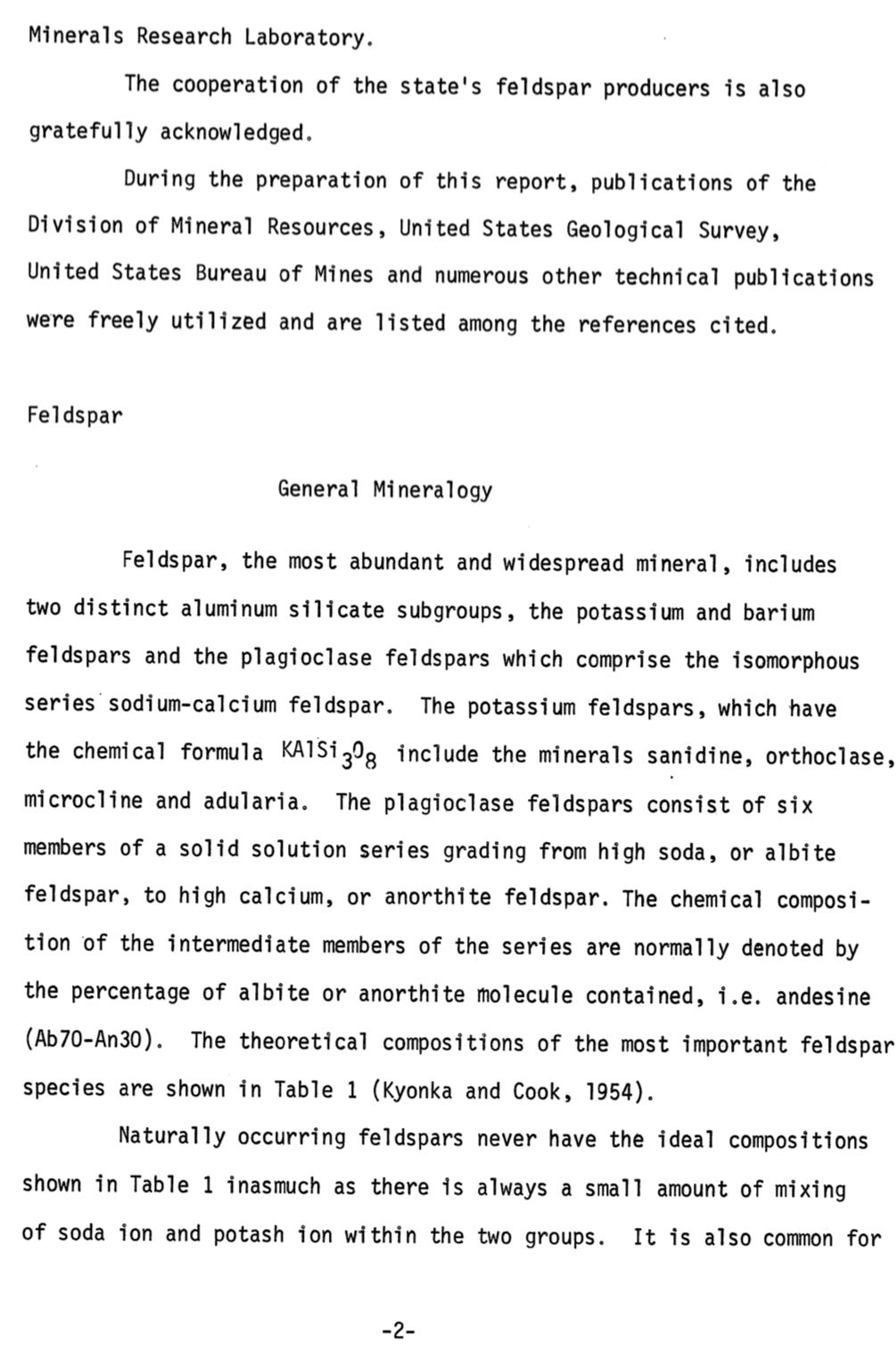

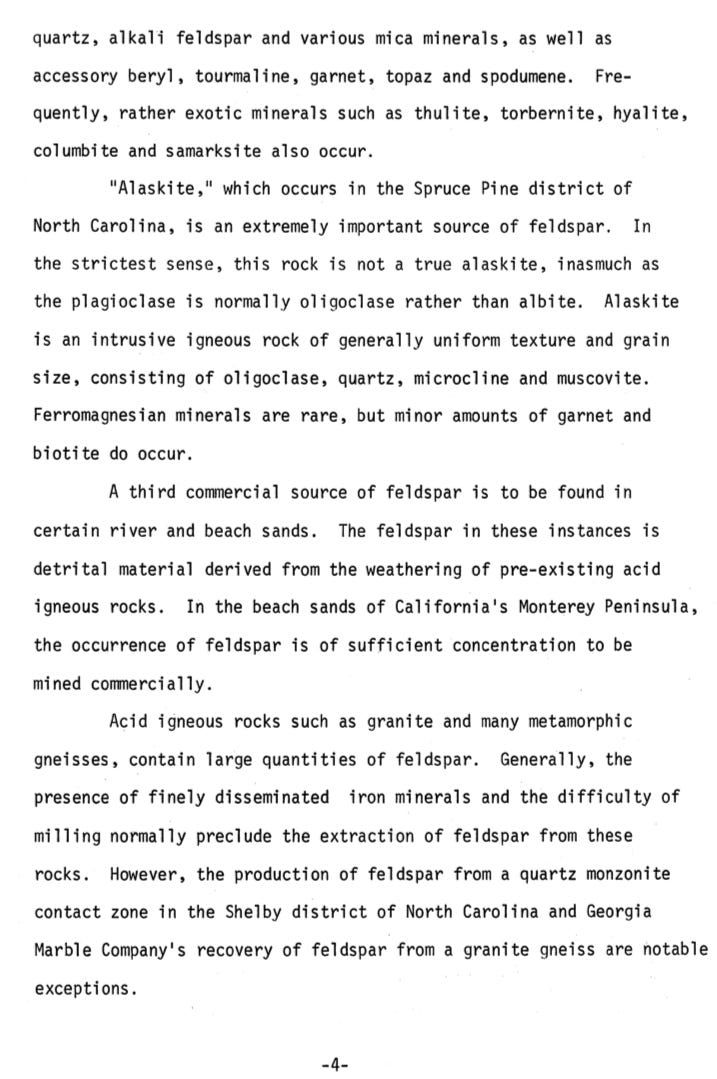

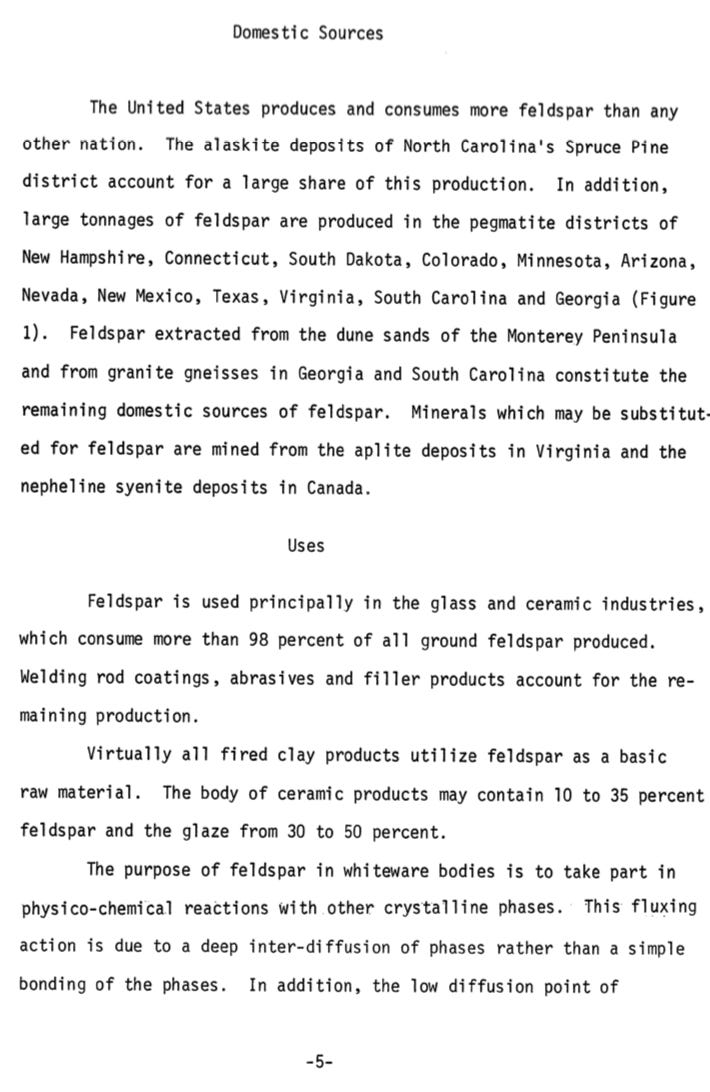
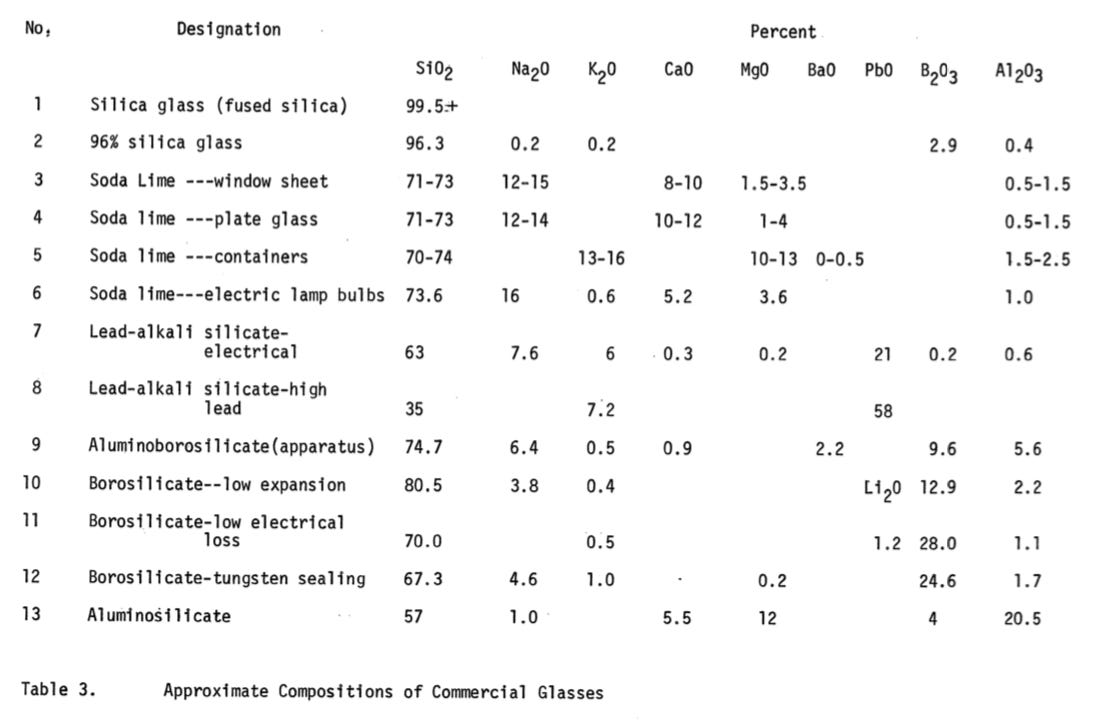


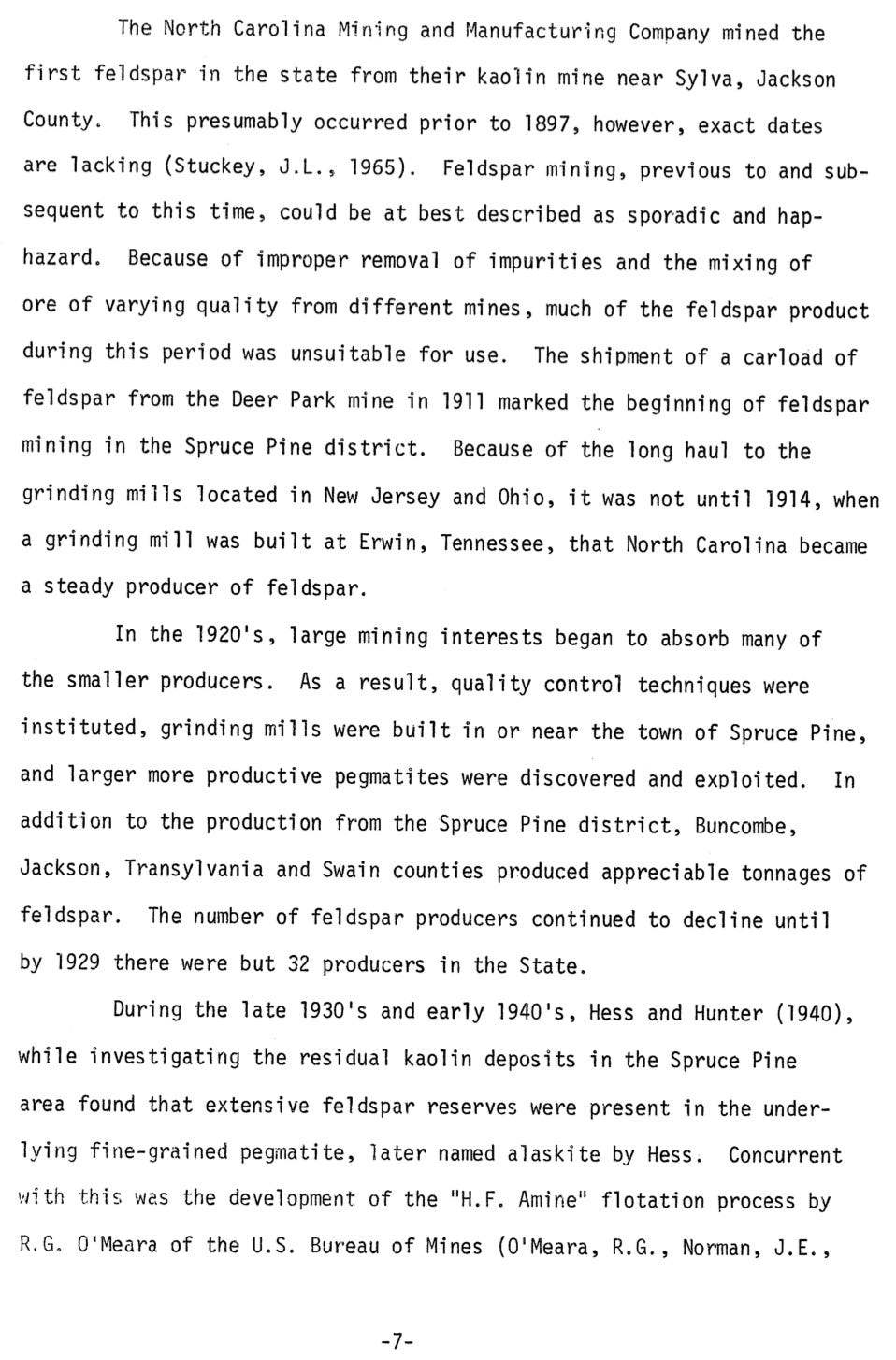
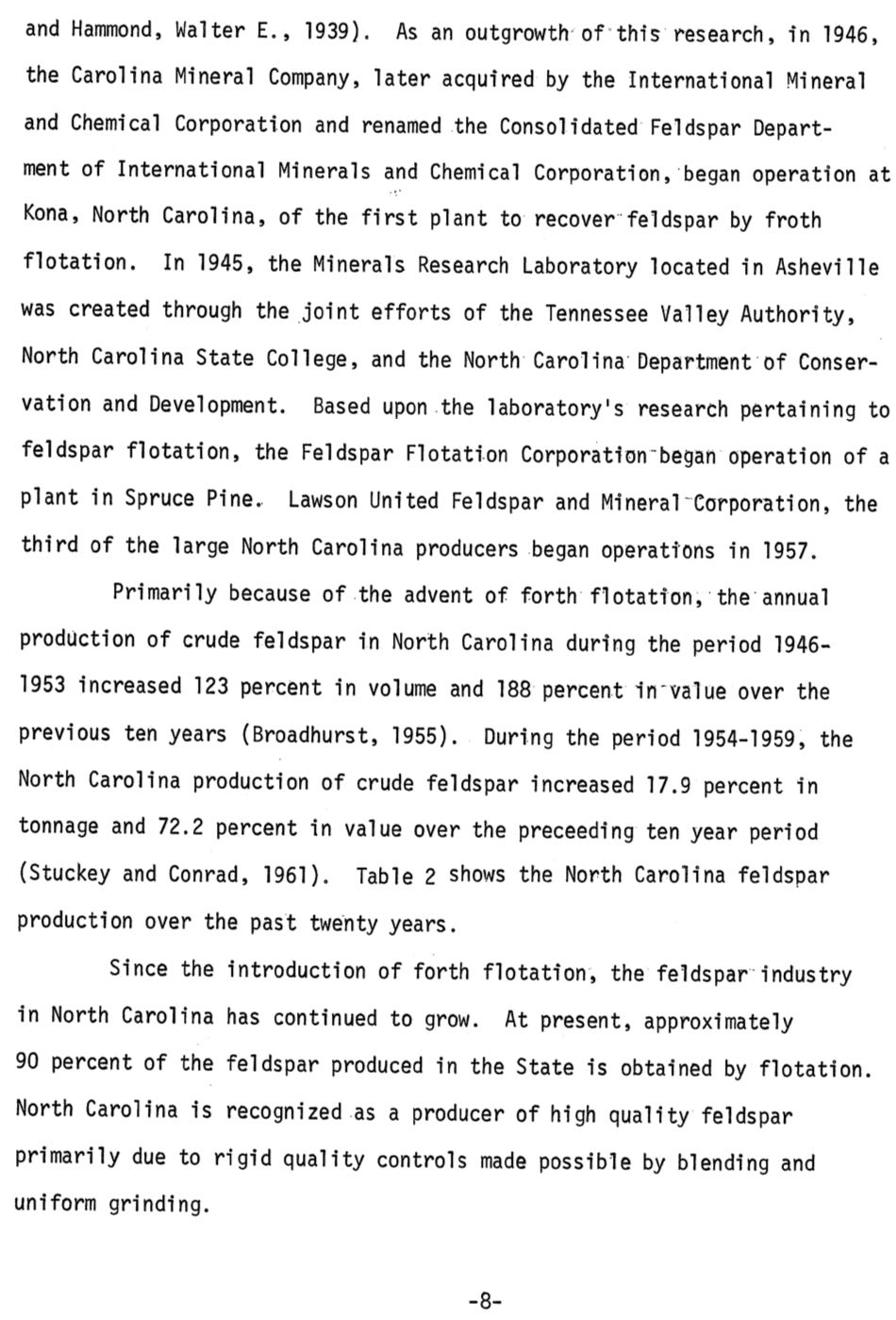
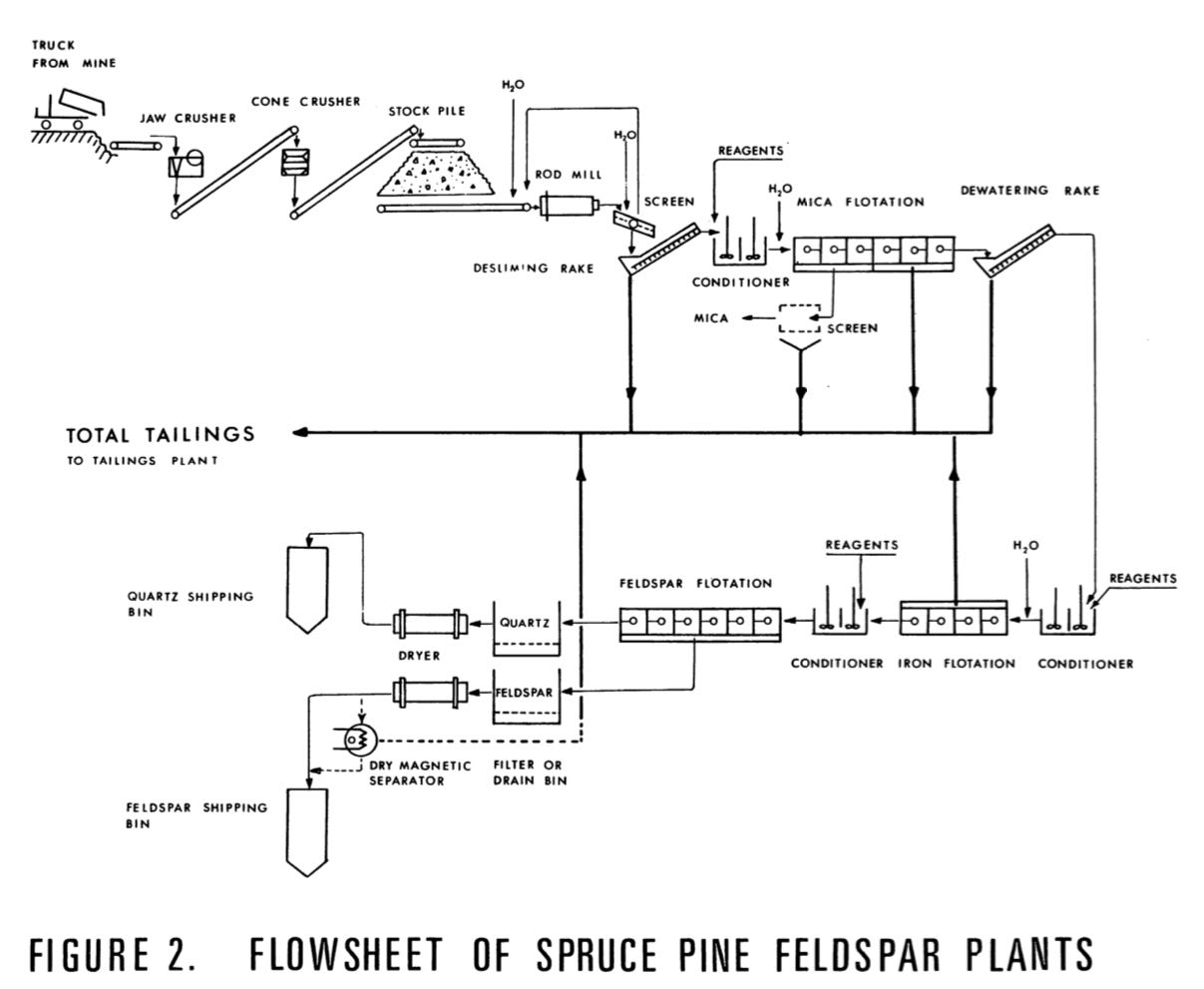
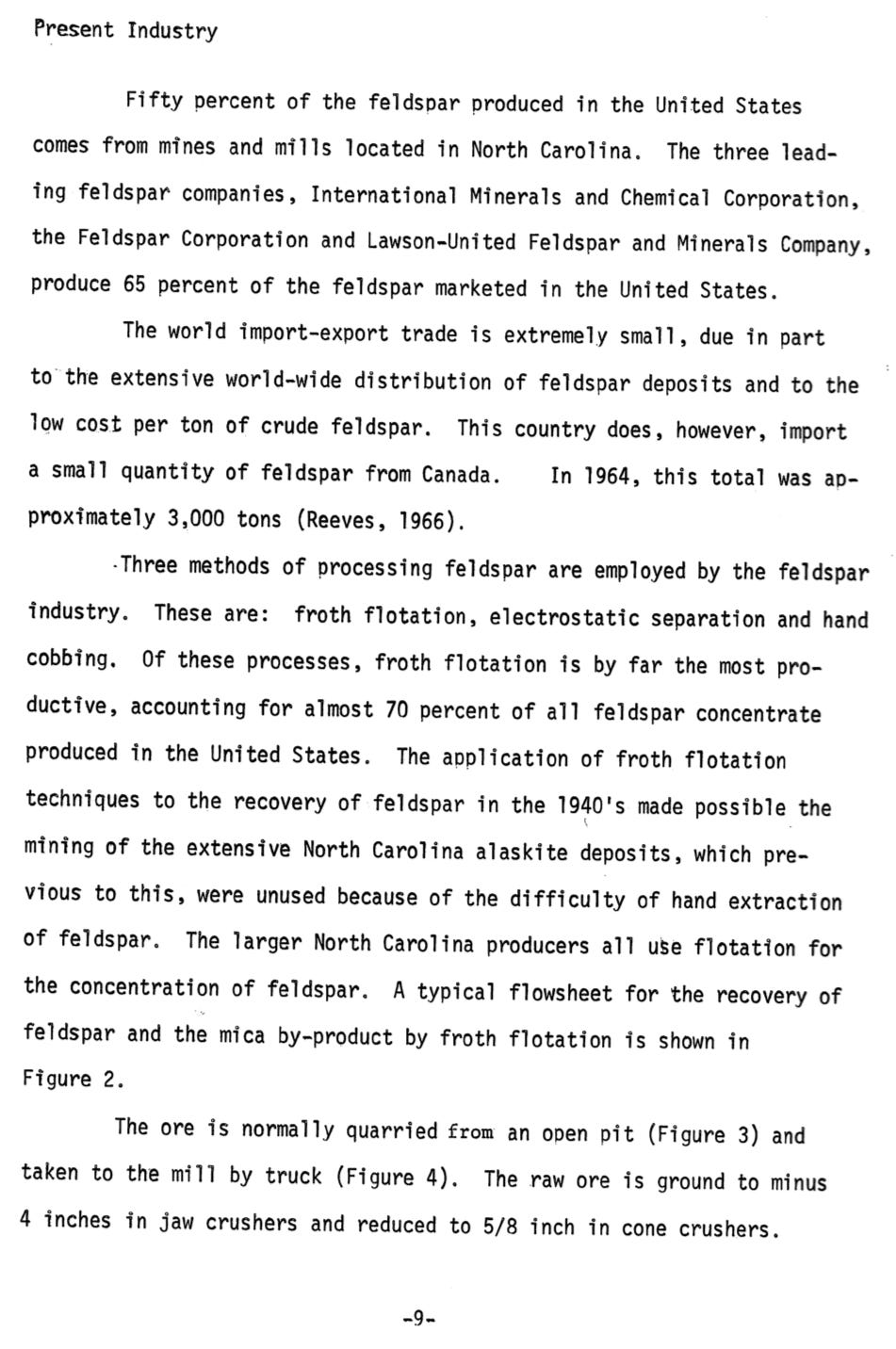
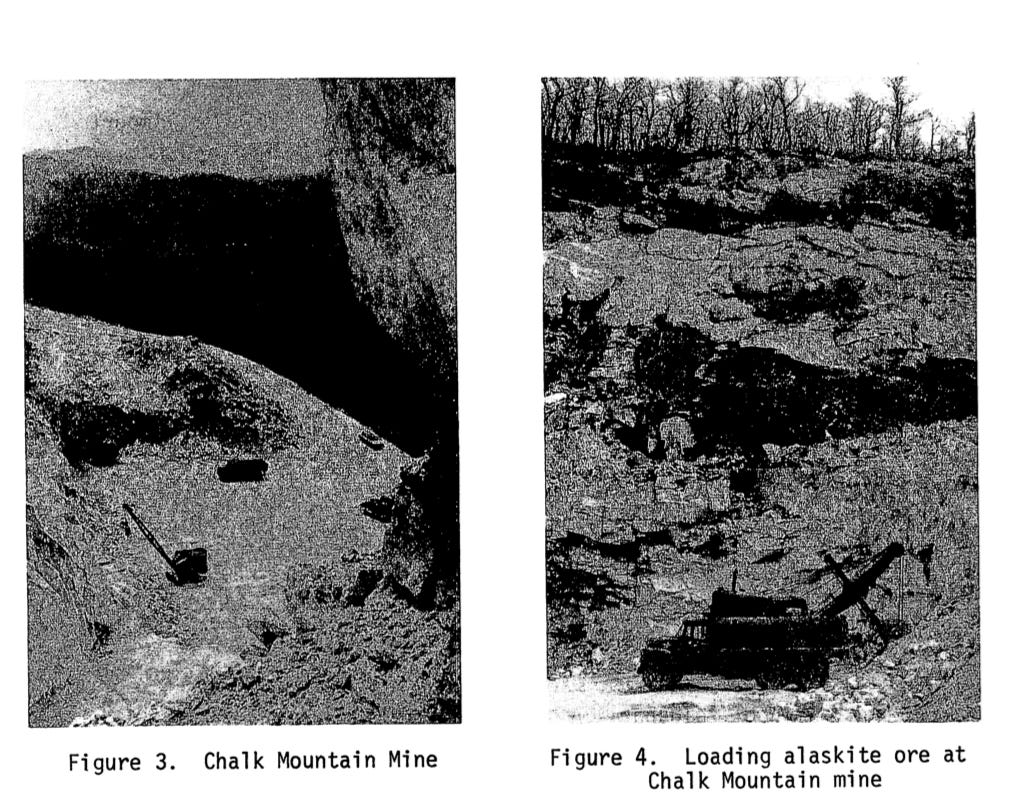
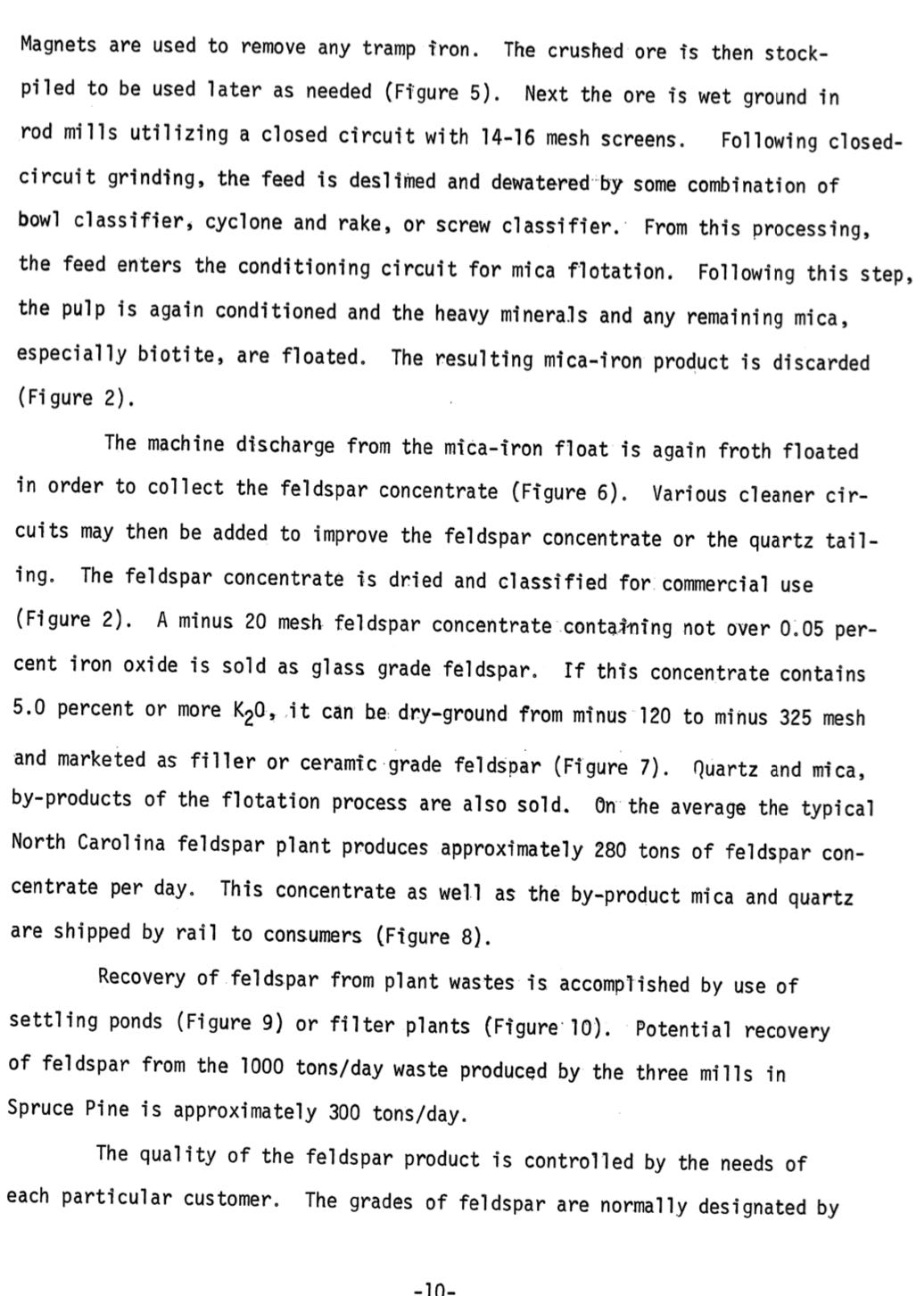

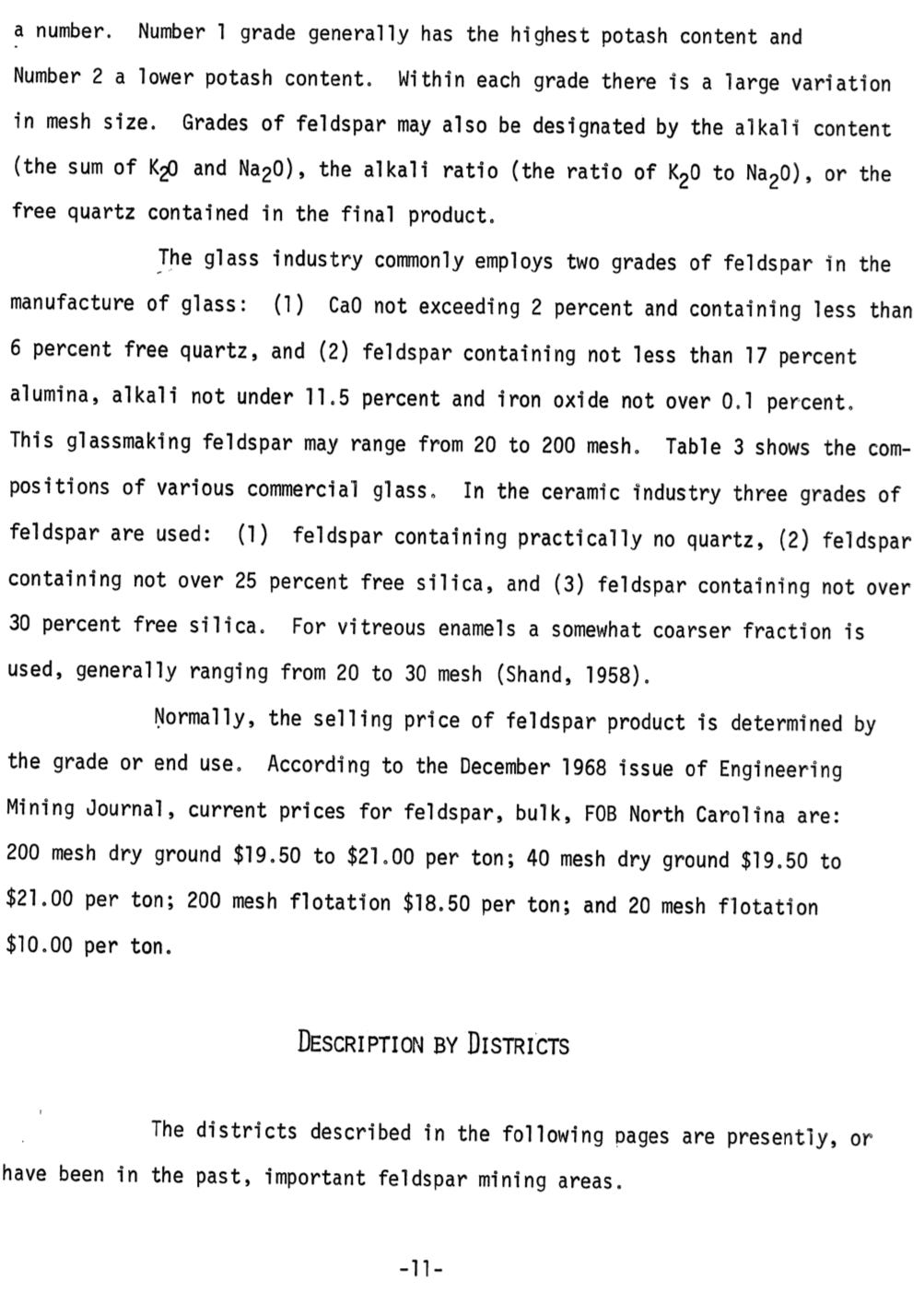
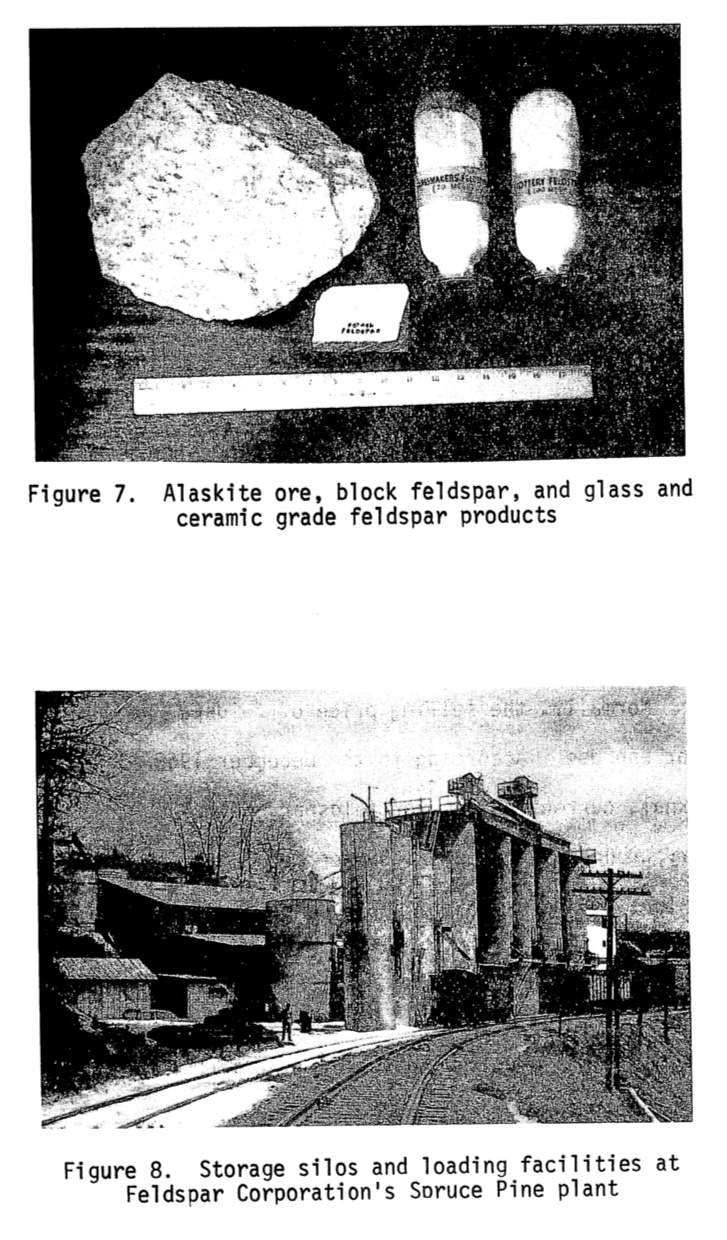

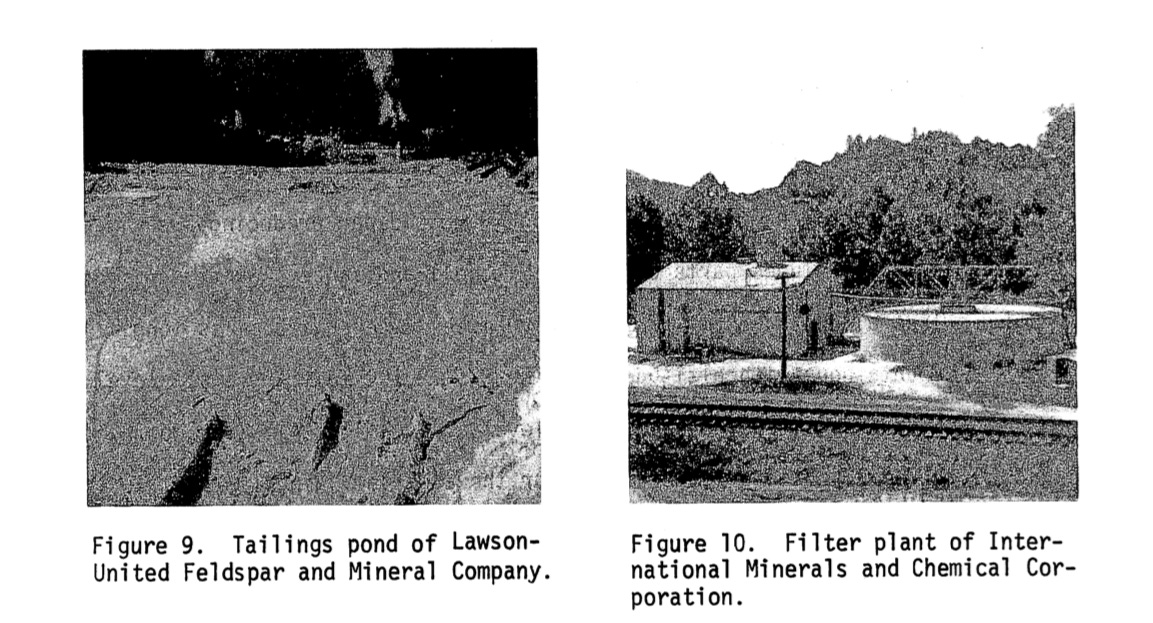
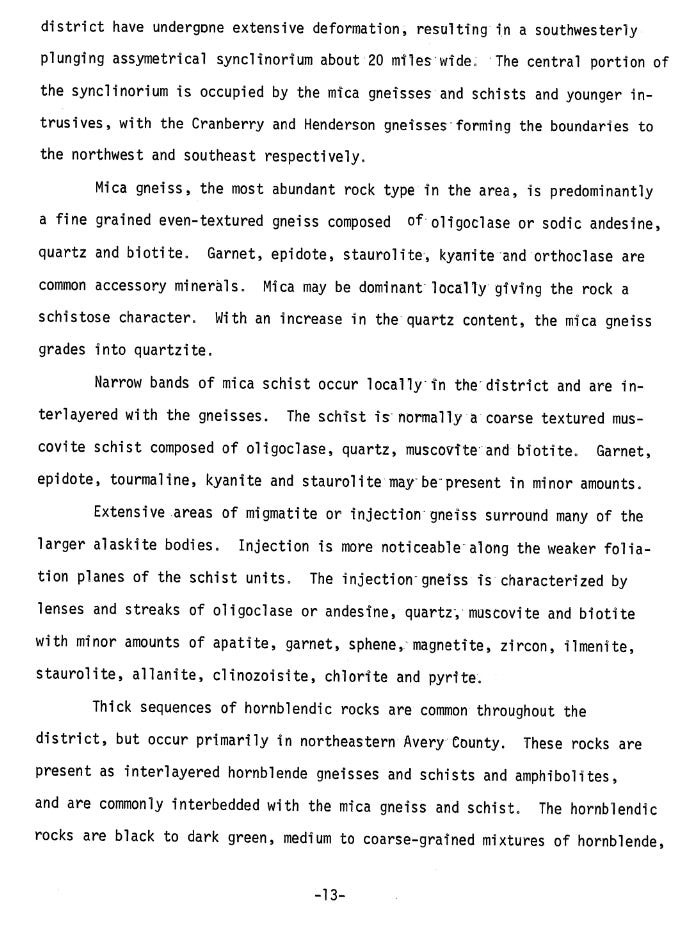
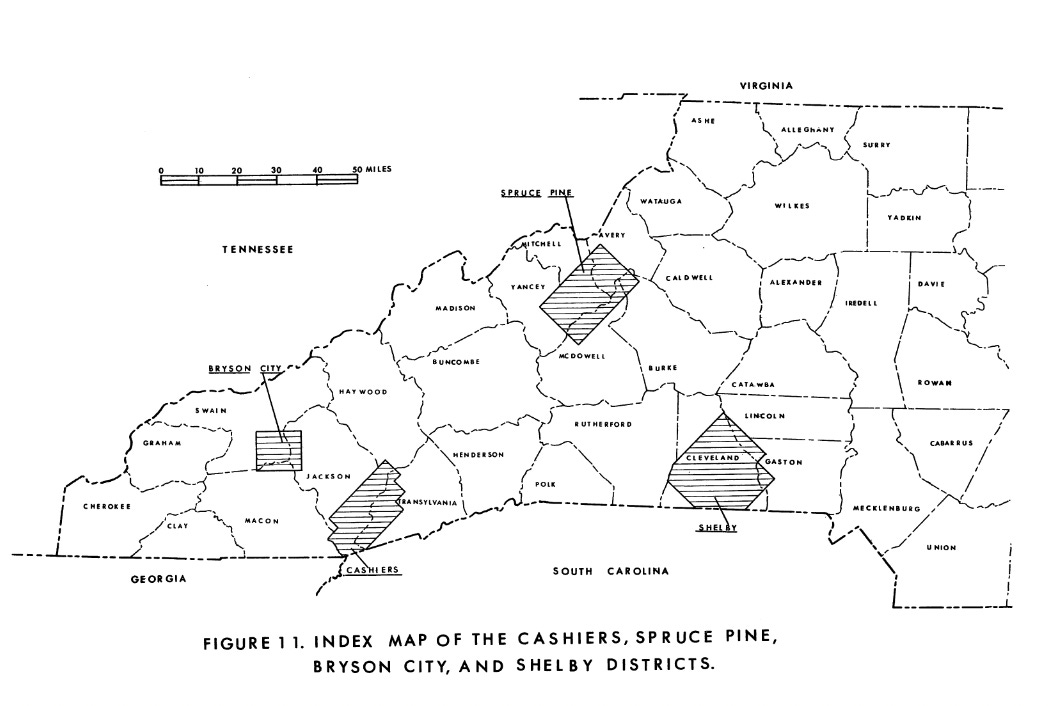
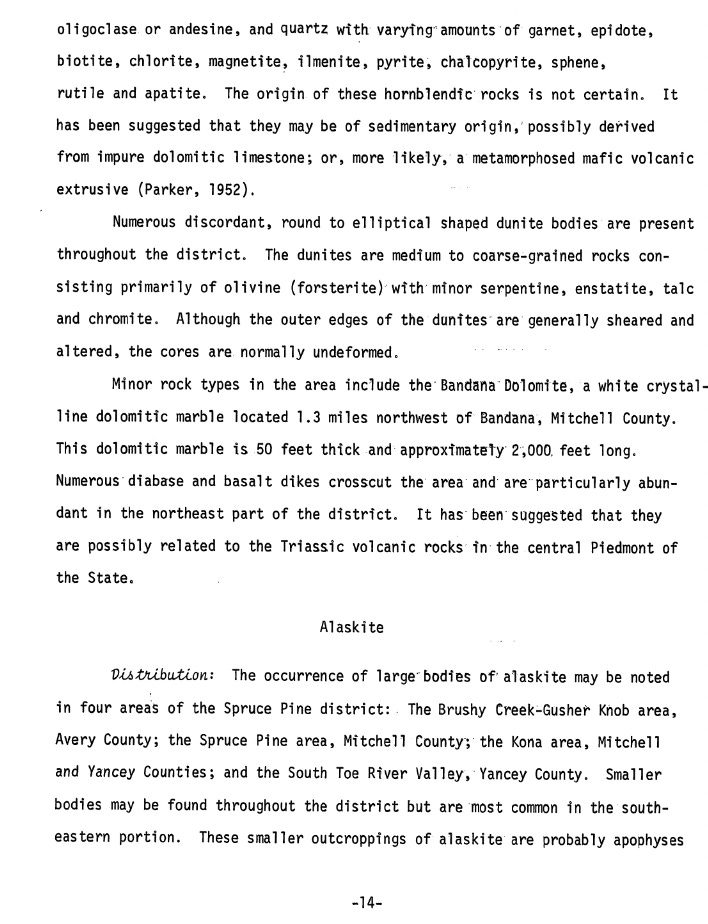
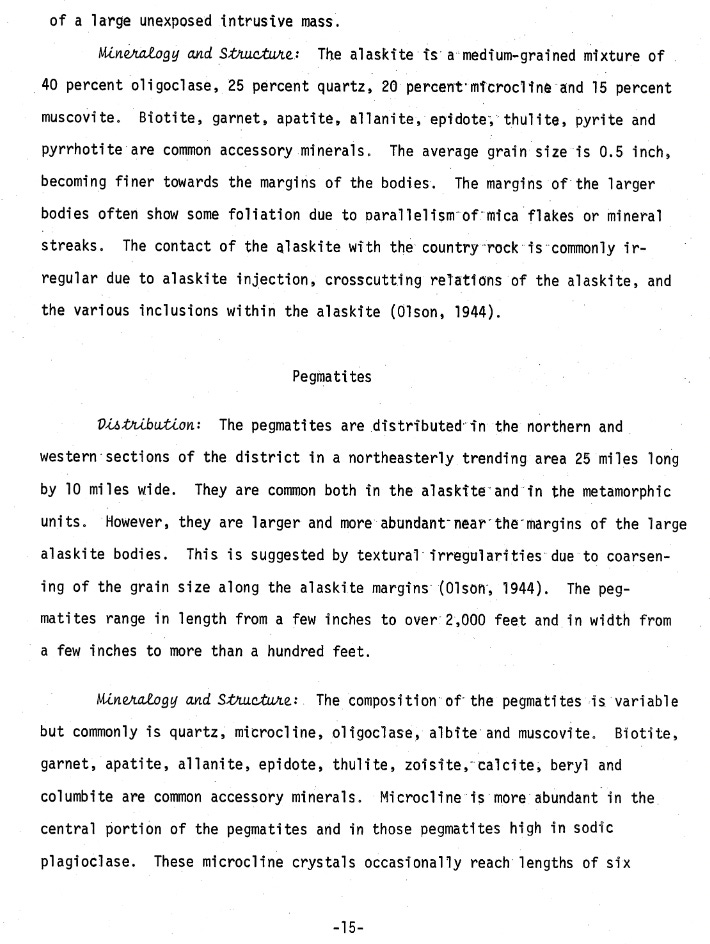
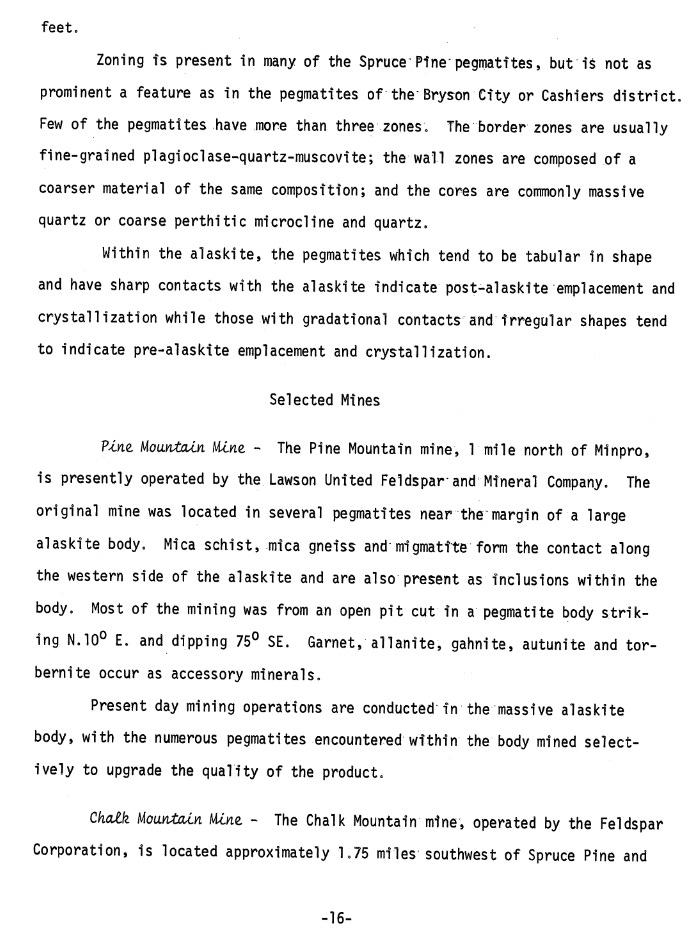
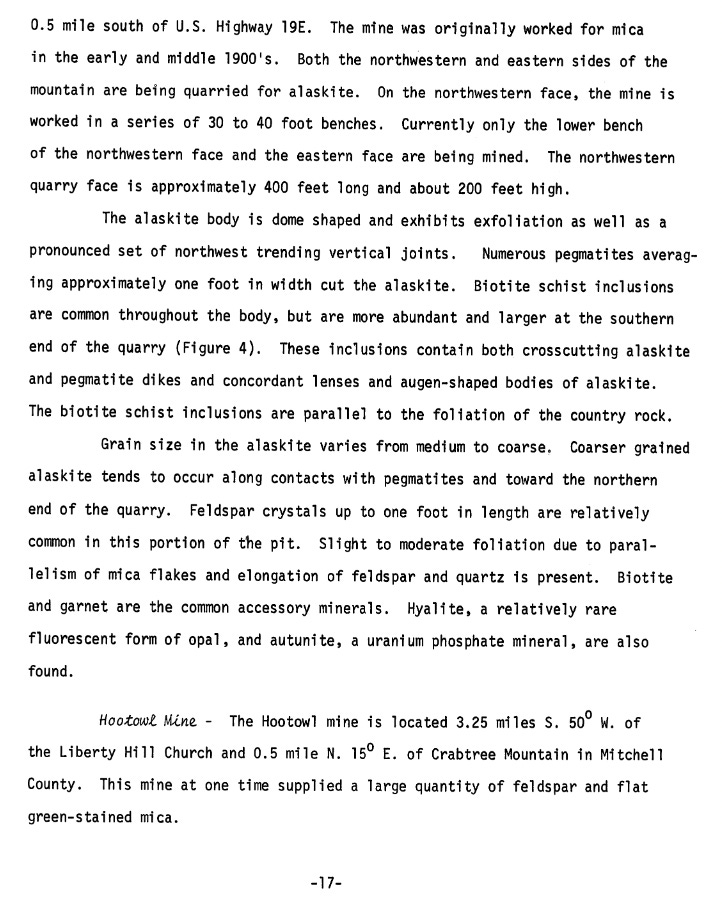
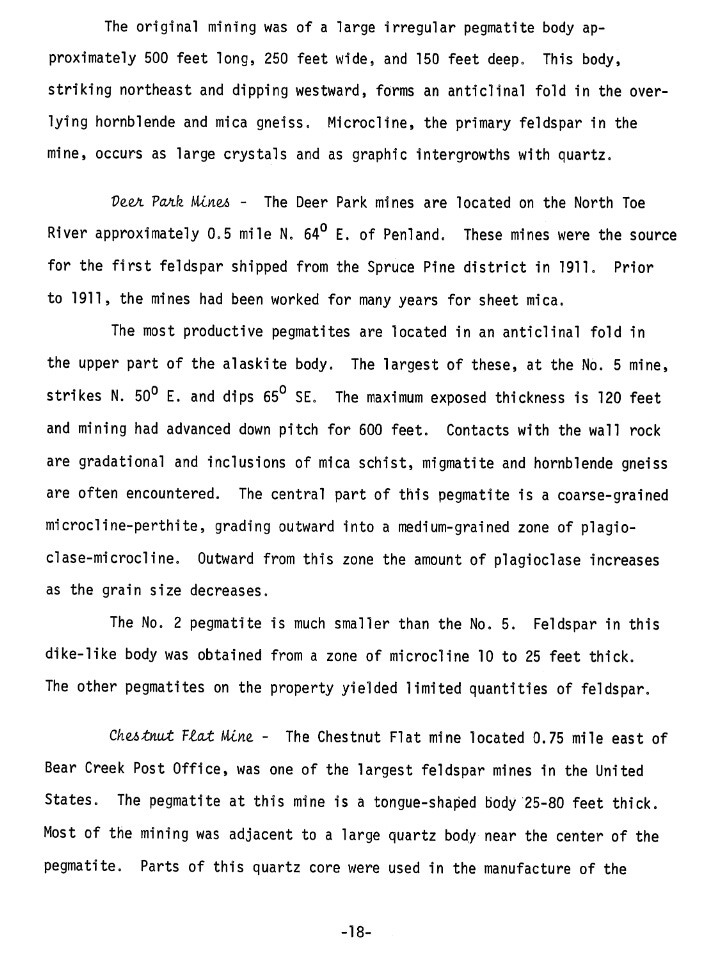
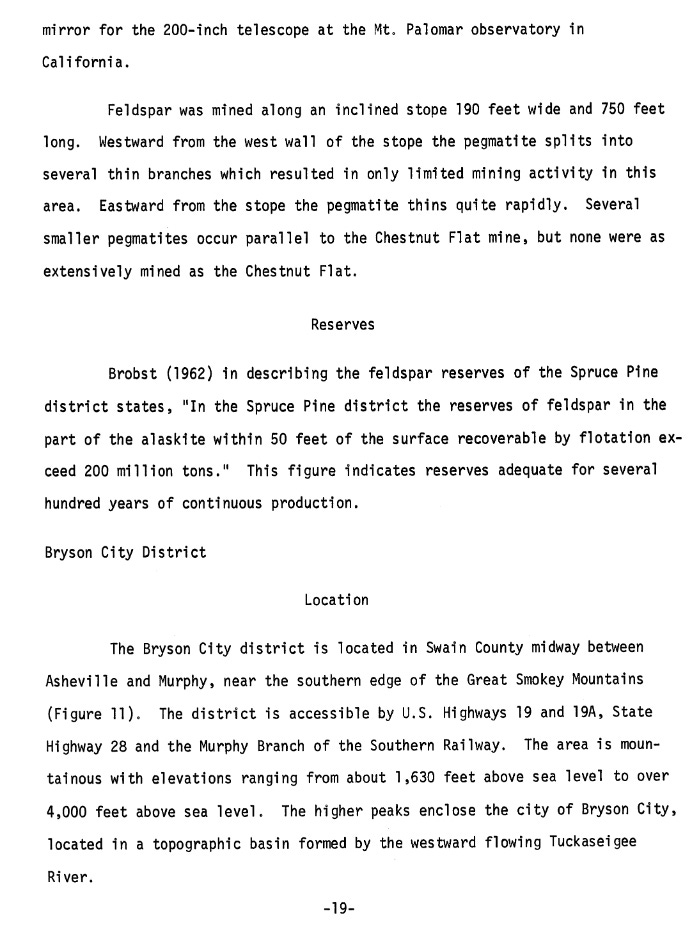
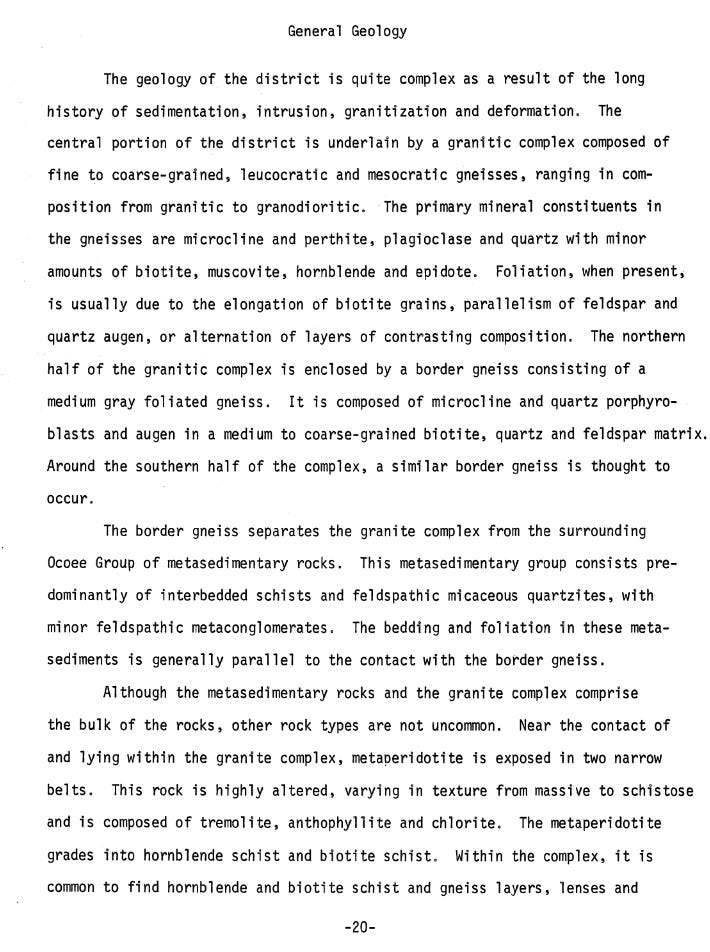

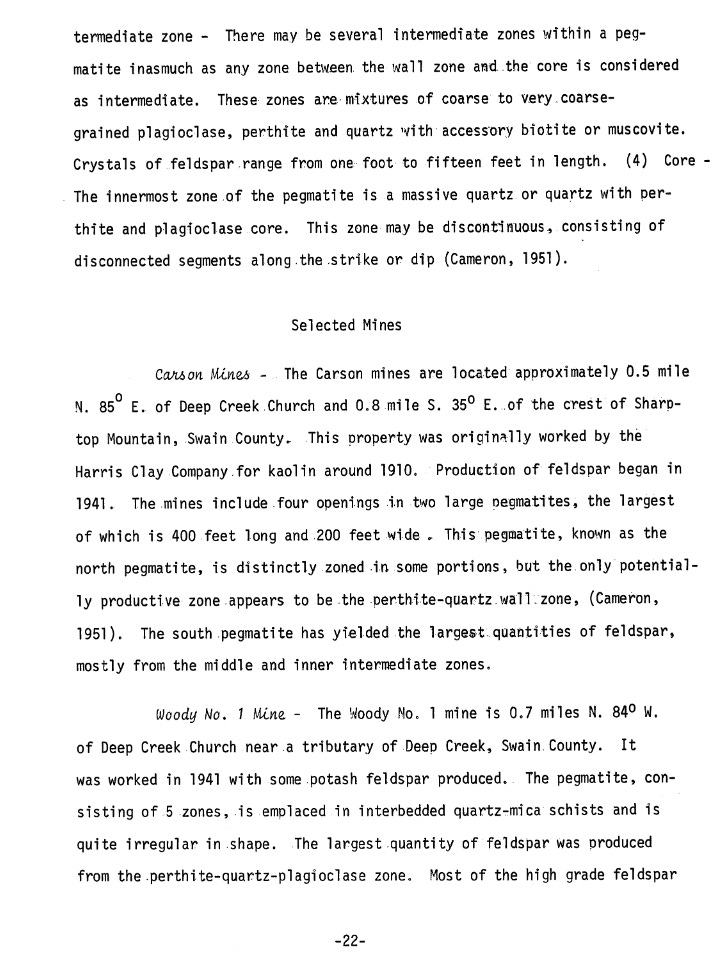
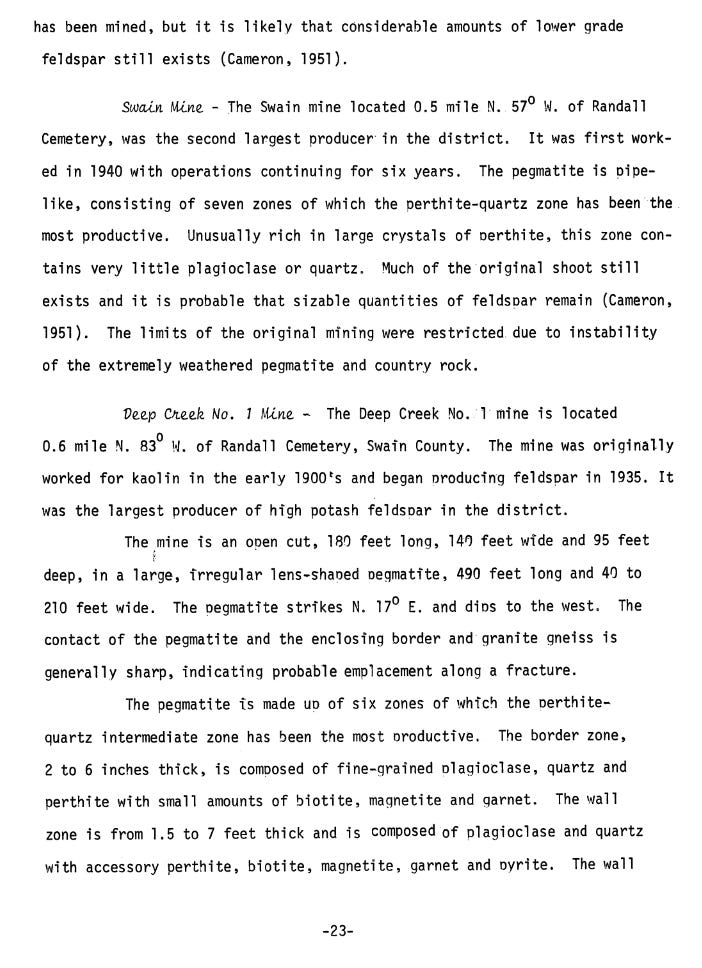
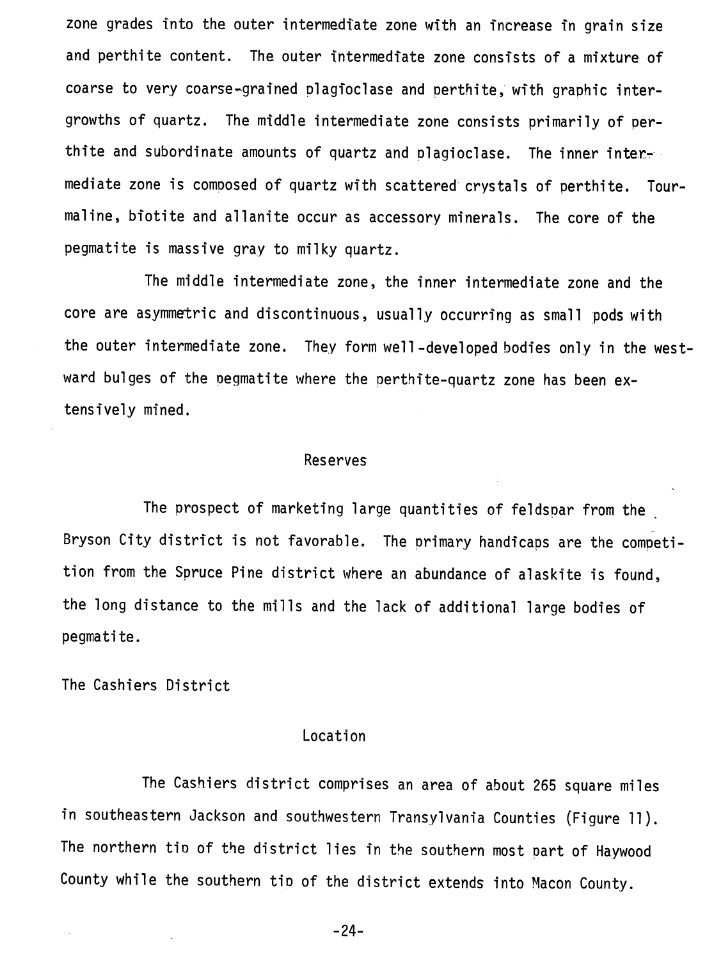


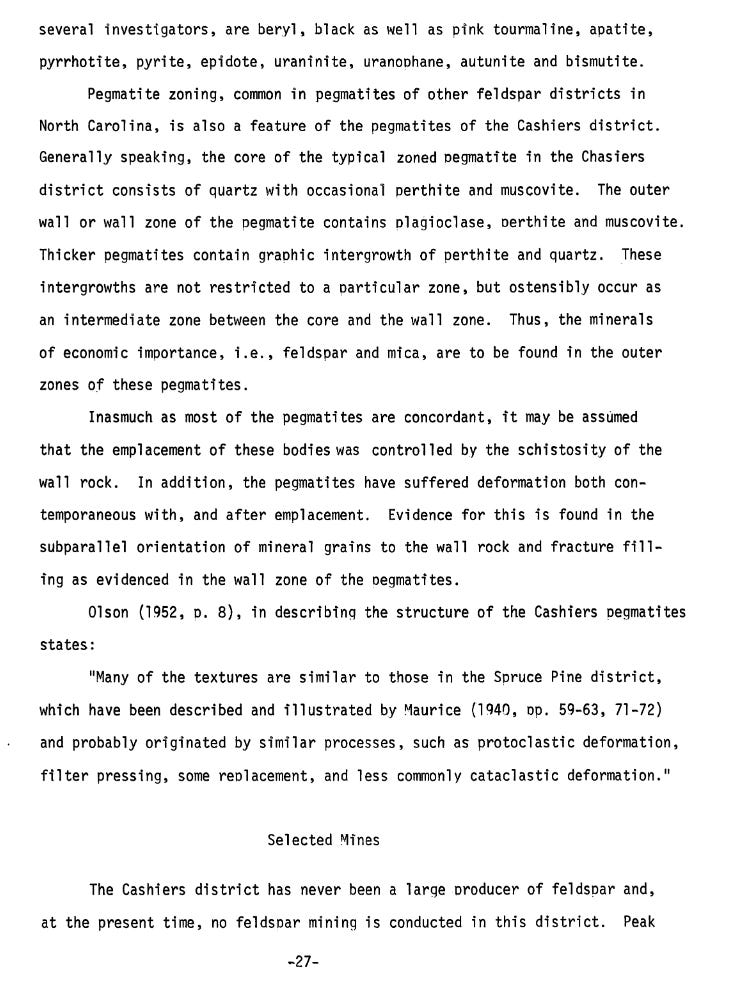
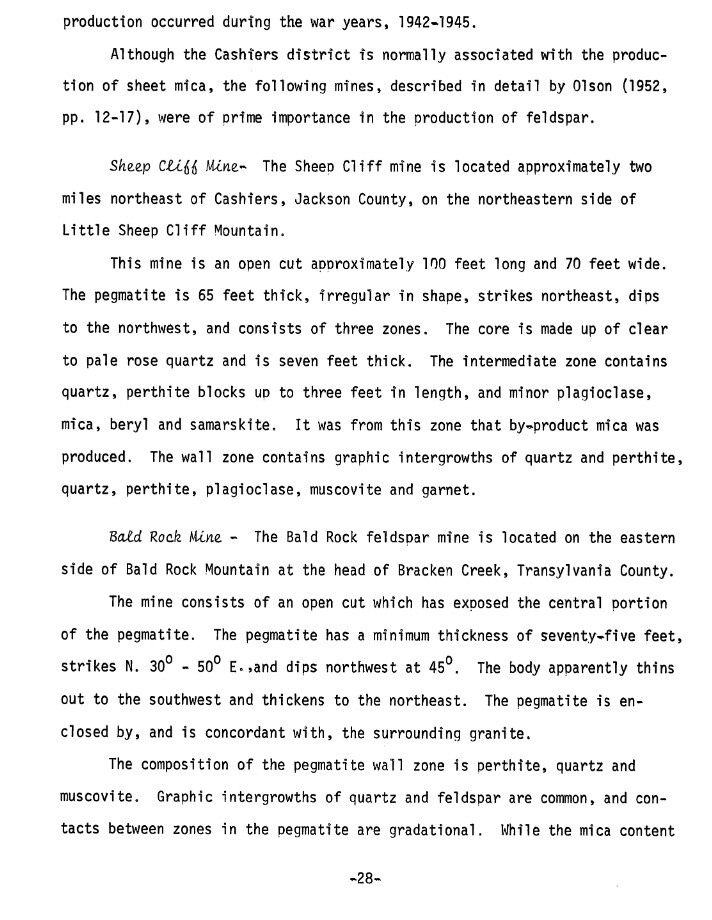
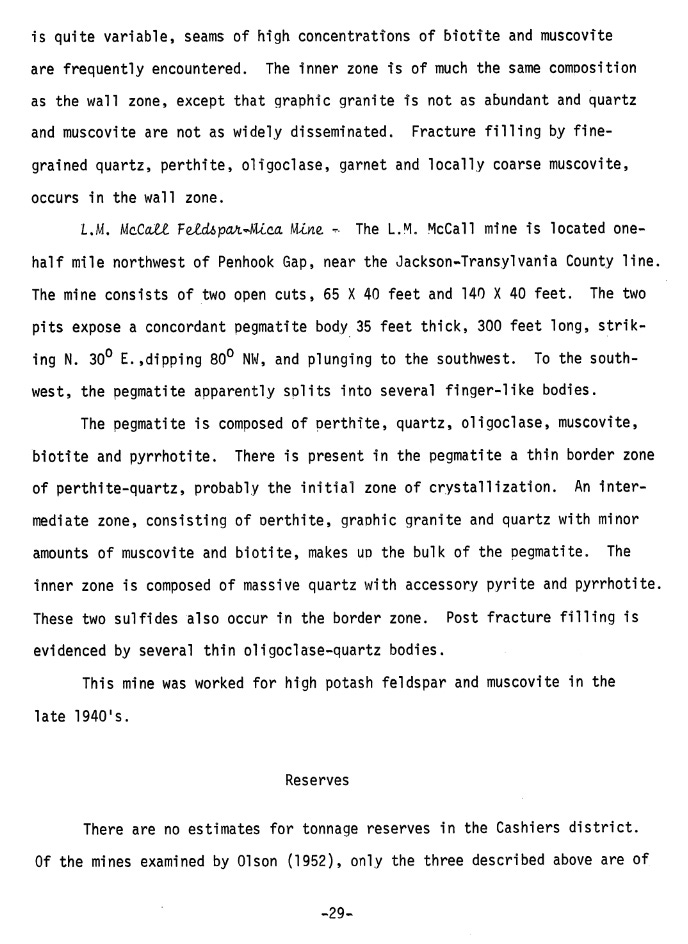

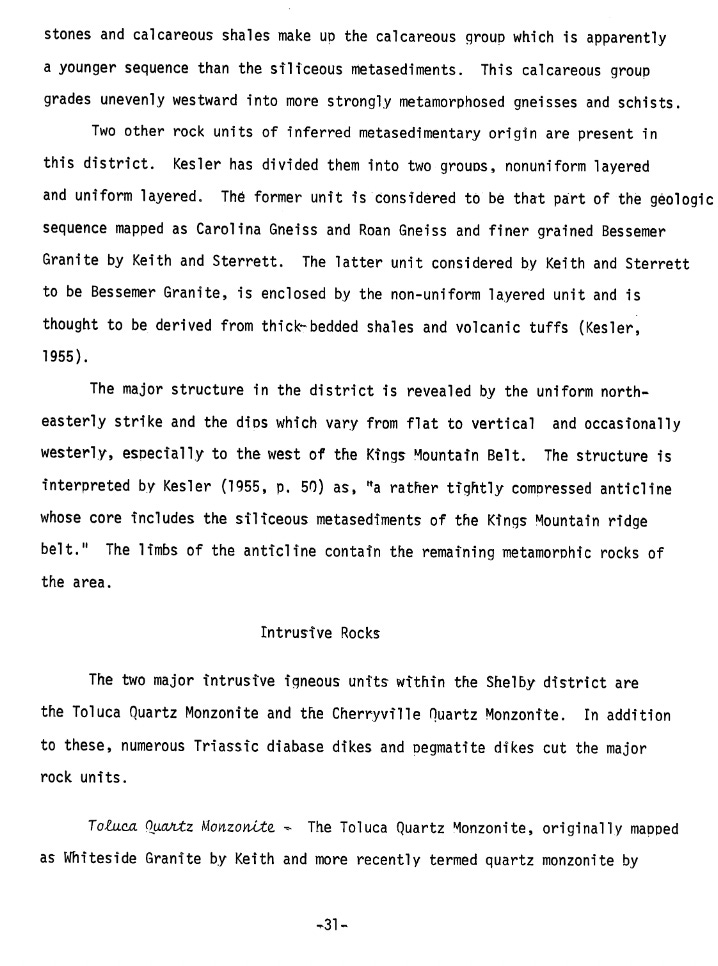

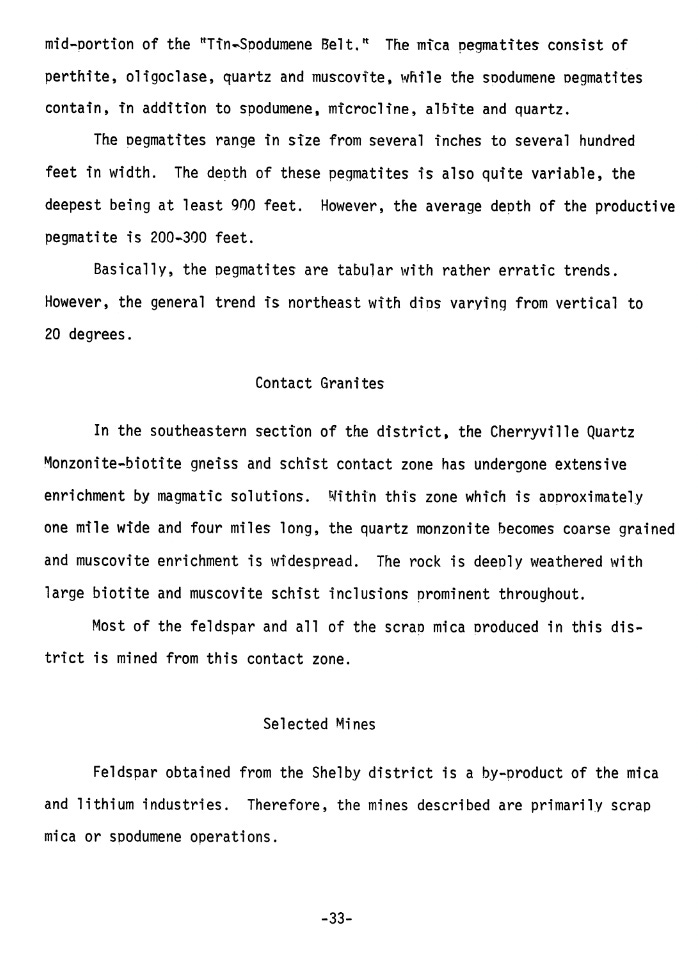
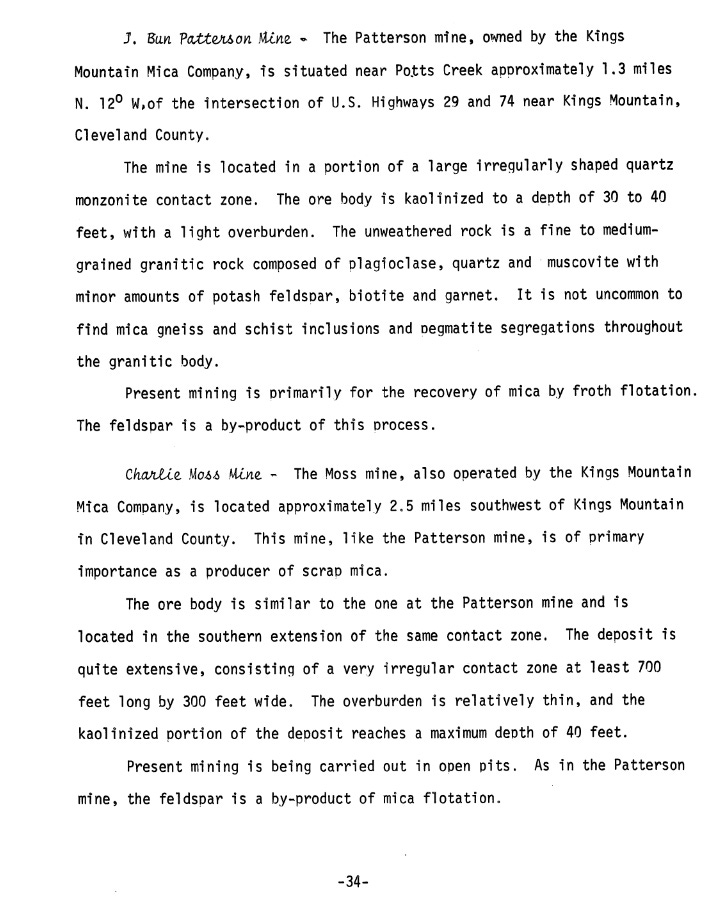
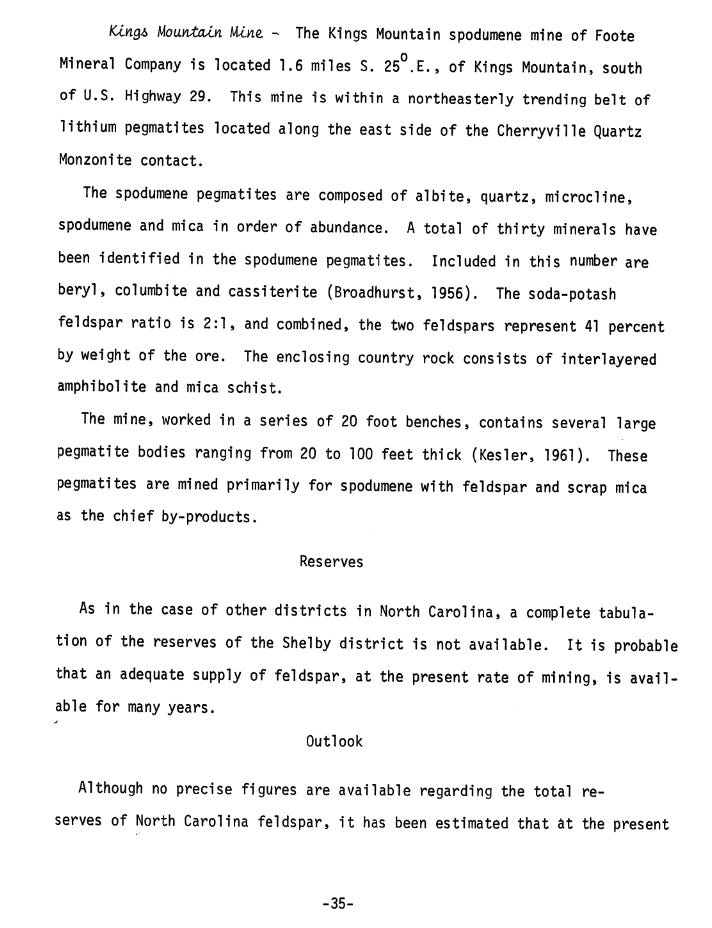
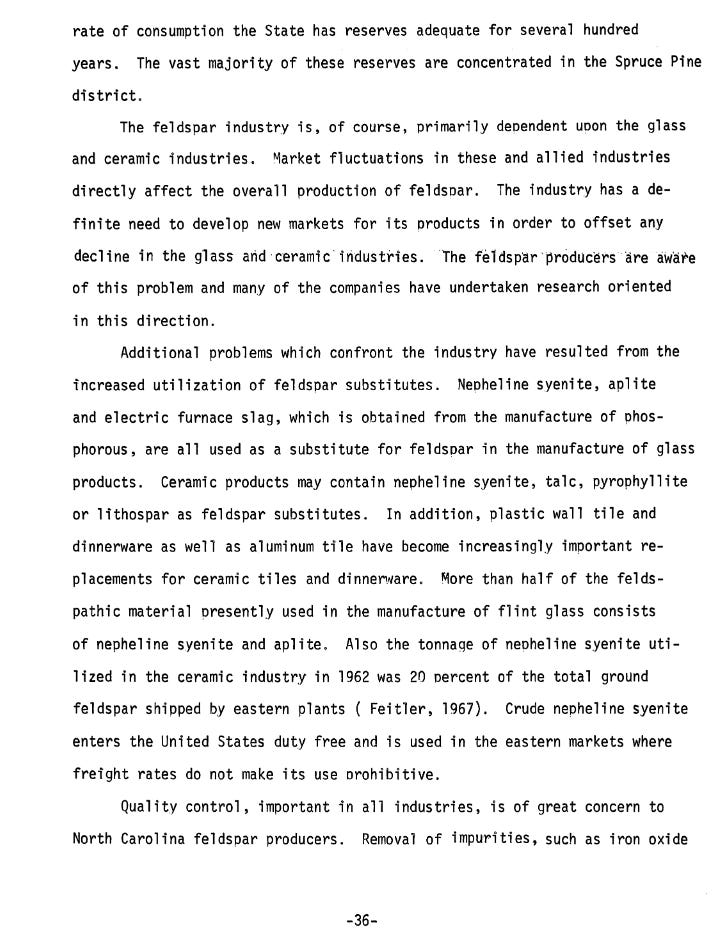

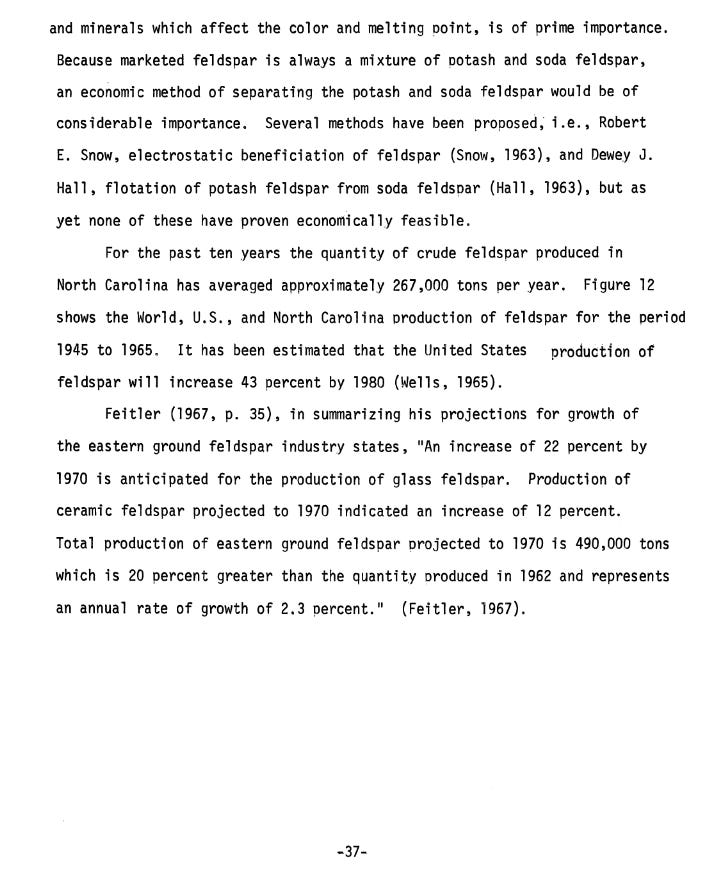
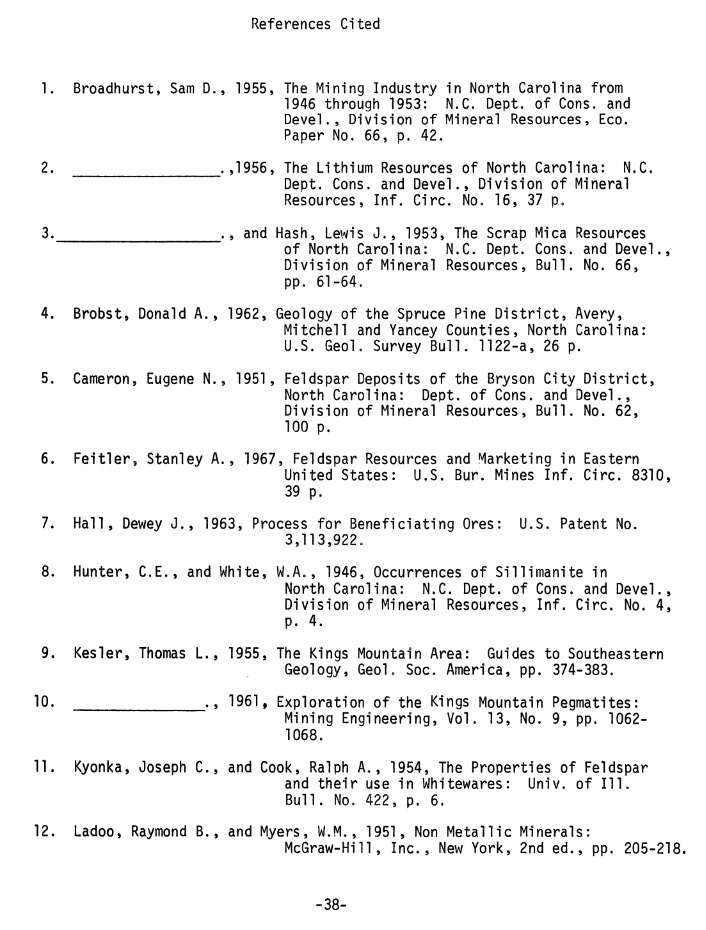
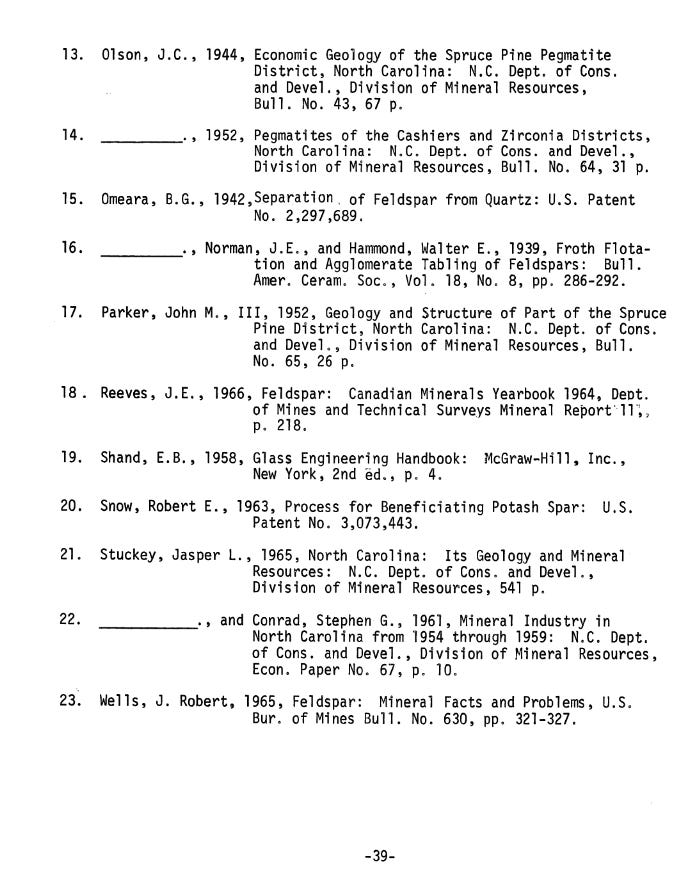
You got that right mineral rights. Eminent domain. The stockholders of Vanguard Blackrock. Money Harris‘s husband, those tentacles.
Bear from Grindstone ministries has some interesting tales regarding dogs and horses.
Eustace Conway from Mountain men has an interesting post.
Appalachian Homestead has been posting good info, salt of the earth, these people. God bless all the helpers.